From the page to the stage and finally to the screen, fans have long awaited “Wicked”’s cinematic debut. Based on Gregory Maguire’s novel, brought to life by its Broadway rendition, and inspired by the enduring legacy of the classic “Wizard of Oz,” the film’s latest adaptation had big ruby red slippers to fill.
Recent musicals like “Cats” and “Dear Evan Hansen” have faced criticism for underwhelming performances, which left many viewers to brace themselves for disappointment. However, “Wicked” manages to honor its predecessors— the musical, the novel, and the classic “Wizard of Oz”—and establishes its own unique identity through a cinematic lens.
The film incorporates dynamic cinematography, bold uses of color and light, an immersive musical score adapted for the big screen, and a refined approach to visual storytelling. These elements elevate the narrative in ways that the stage and page cannot.
Despite some flaws, “Wicked” broke box office records as the highest-grossing Broadway adaptation, amassing over $634 million globally with its striking visuals, vibrant color palette, and clever narrative twists. Even Ariana Grande, playing Glinda, swapped her signature “yuh” for a “guh”—a subtle nod to her character’s name and a testament to the film’s attention to detail.
At its core, Wicked follows two unlikely friends: Elphaba, portrayed by Cynthia Erivo and cast out for her green-skinned exterior, and Glinda, the bubbly blonde with a love for pink. The two characters bond as they team up to confront the growing oppression in Oz, where animals face capture and lose their ability to speak. However, their journey to uncover the truth sparks unexpected conflicts, forcing them to choose between their values and their loyalty to each other.
Their bond shows that morality isn’t black and white, but a spectrum of green, pink, and everything in between. Through their journeys, the film poses a profound question: Are people born wicked? Or do they have wickedness thrust upon them?
Director Jon M. Chu’s vision to bring the “Wicked” world to life stands as one of the film’s crowning achievements, which rivals iconic franchises like “Harry Potter” and “Star Wars.” In an era of increasingly computer-generated imagery (CGI)-heavy spectacles, “Wicked” takes a fresher approach that blends real-life sets with cutting-edge visual effects.
The sets, from the iconic towering circular library to Shiz University’s castle-like entrance accessible only by boat, feel like a journey into the storybook. To fully bring to life the land of Oz, the production team constructed Munchkinland with a vibrant field of nine million tulips and a 16-ton train, forming a breathtaking world.
“Wicked” wows the audience with the role of color in theme portrayal, with pink and green symbolizing Glinda and Elphaba’s opposing nature. These complementary hues highlight their contrasts while elevating each other—both visually and character-wise.
As opposites on the color wheel, they command attention in every scene, with each one’s unique traits that make them stand out while the background blends seamlessly. They push through each other’s weaknesses and ensure that neither remains hidden in the other’s shadow. This dynamic mirrors their bond and proves Glinda’s words true: “Pink goes good with green.”
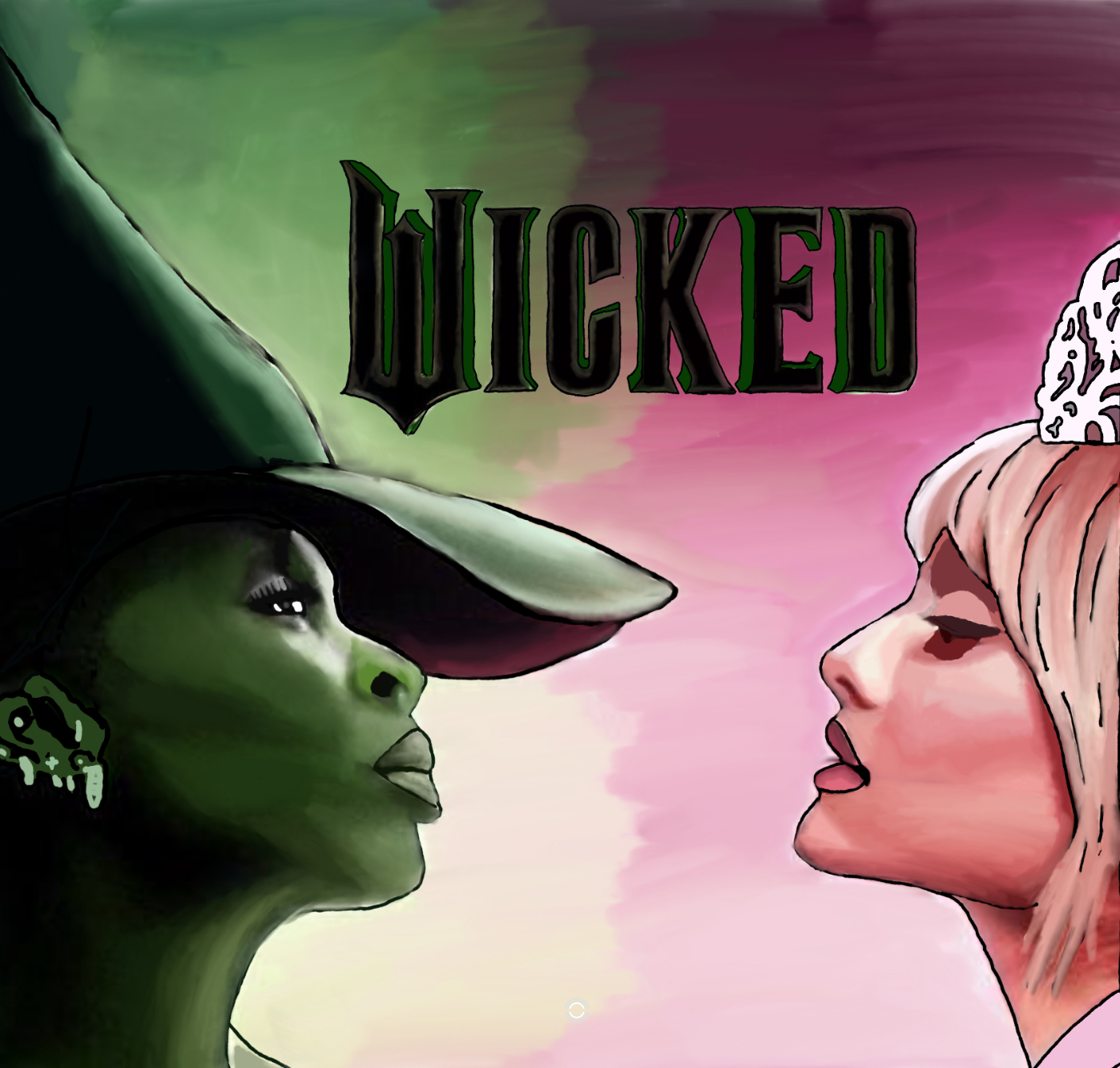
(Tamara Trindade)
Moreover, several standout moments elevate the film, such as the witty “Loathing,” which cleverly highlights the duality of “loving,” and the iconic “Defying Gravity.” Elphaba’s ascent creates a powerful visual and emotional climax, and Erivo’s incredible voice shines in this moment. Her blend of vocal mastery and raw emotion left me in awe. Additionally, Ariana Grande exceeded my expectations with her comedic timing, which made me laugh out loud more times than I can count.
However, the film has its flaws. Critics highlighted uneven CGI, with certain scenes falling short of the visual standards set by masterpieces like “Avatar” or “Inception”. While some fans wished for more “sparks” to fully capture the enchantment, most still left the theater satisfied with the overall experience.
Most notably, the decision to split the plotline into two parts sparked concerns about pacing and narrative cohesion. This choice treads on thin ice as it leaves audiences apprehensive and vulnerable to disappointment, a fate seen in films like “Mockingjay” from The Hunger Games, “Breaking Dawn” from Twilight, and “Harry Potter and the Deathly Hallows”.
In addition, this meant to serve as a prequel to “The Wizard of Oz.” However, as a fan of the original, I noticed few connections aside from a brief homage to Dorothy and her friends in the opening scene. Perhaps the second part will explore these ties more deeply, but for now, they feel tenuous.
The film only gives glimpses of “The Wizard of Oz” — like the creation of the yellow brick road, which hints at the iconic journey Dorothy will eventually take, or the wizard’s “fake” mask, foreshadowing his deceitful persona in the original story. These moments nod to “The Wizard of Oz” but fail to create a stronger connection between the two films, leaving fans wanting a more cohesive link.
Furthermore, some parts of the story felt unresolved, particularly the subplot involving Fiyero, the charming bachelor introduced midway through the film. As a carefree and charismatic figure, I expected him to create tension between Elphaba and Glinda, especially since Glinda clearly likes Fiyero, but after he and Elphaba work together to free a caged lion cub from cruel treatment, he starts leaning toward Elphaba instead.
I thought this would lead to a hilarious and intriguing jealousy plot, full of funny and dramatic moments. However, instead of developing this potential conflict, he showed up, danced, and never appeared again. It felt like a missed opportunity to fully explore this dynamic and add more playful tension to the story.
Similarly, the film set up Elphaba’s family drama as a huge deal early on, with her father’s resentment towards Elphaba over her mother’s death and her guilt over her sister Nessarose’s disability. But just as the tension builds to its climax, Glinda swoops in with a quick “It’s not your fault!”—and just like that, all is forgiven. The emotional setup felt solid, but the quick resolution came across as a cheat, leaving the main emotional arc unfinished.
Despite some flaws, “Wicked” balances its theatrical roots with cinematic flair and delivers a visually vibrant experience full of color and charm. The green and pink spectrum of Elphaba and Glinda’s bond highlights the moral complexity of their world. While it taps into nostalgia for “The Wizard of Oz” and the Broadway show, the film adds its own magic. Overall, I’d give it a solid 8/10—it’s a delightful take on the classic, with enough spark that makes the journey down the yellow brick road feel fresh!


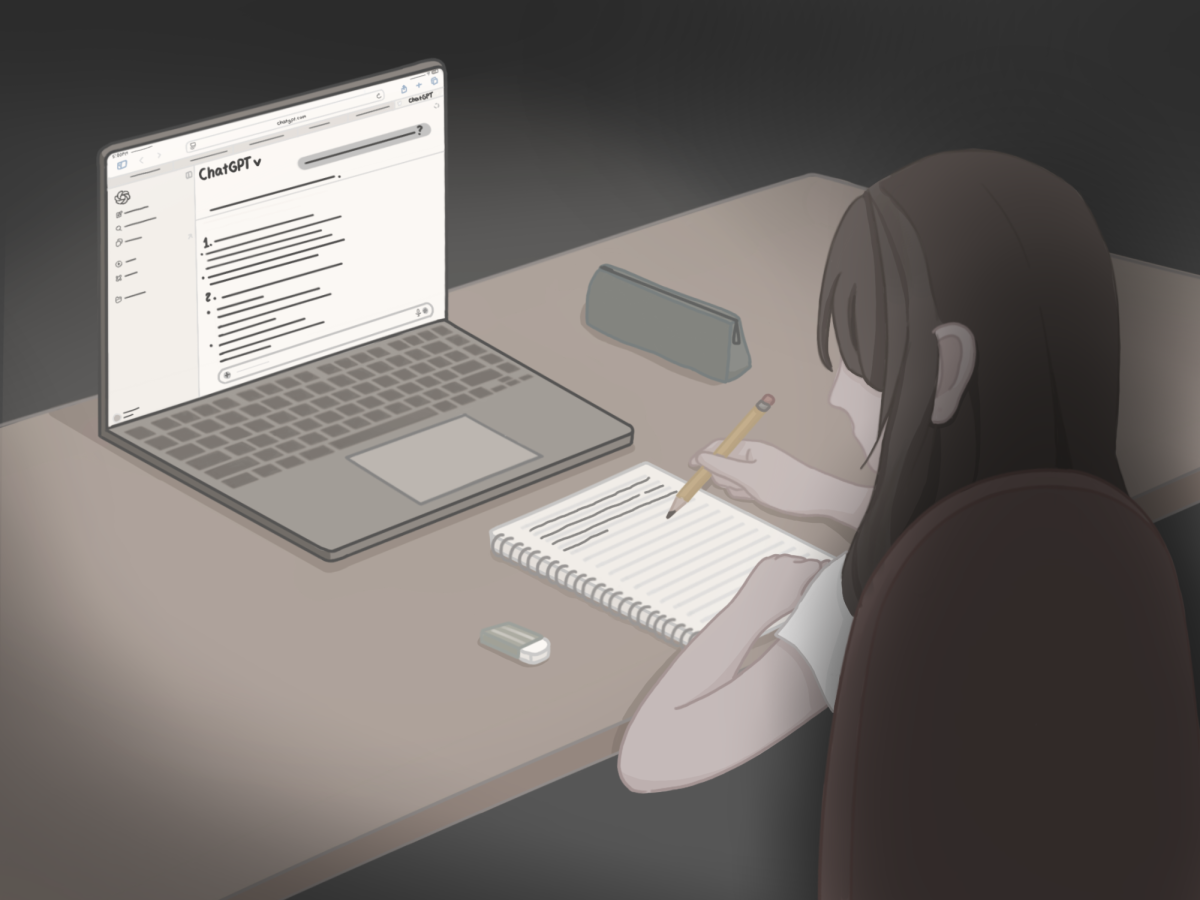
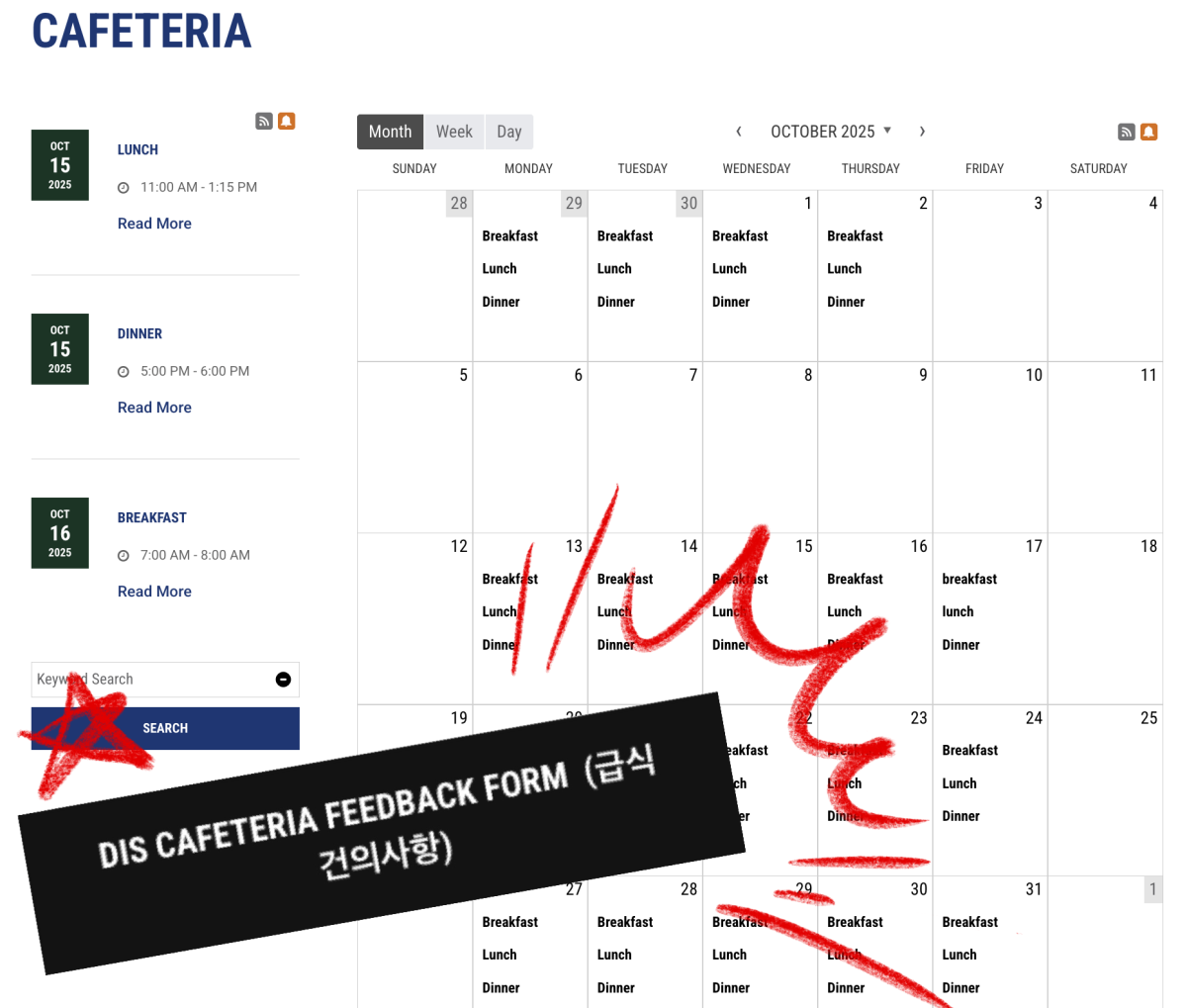
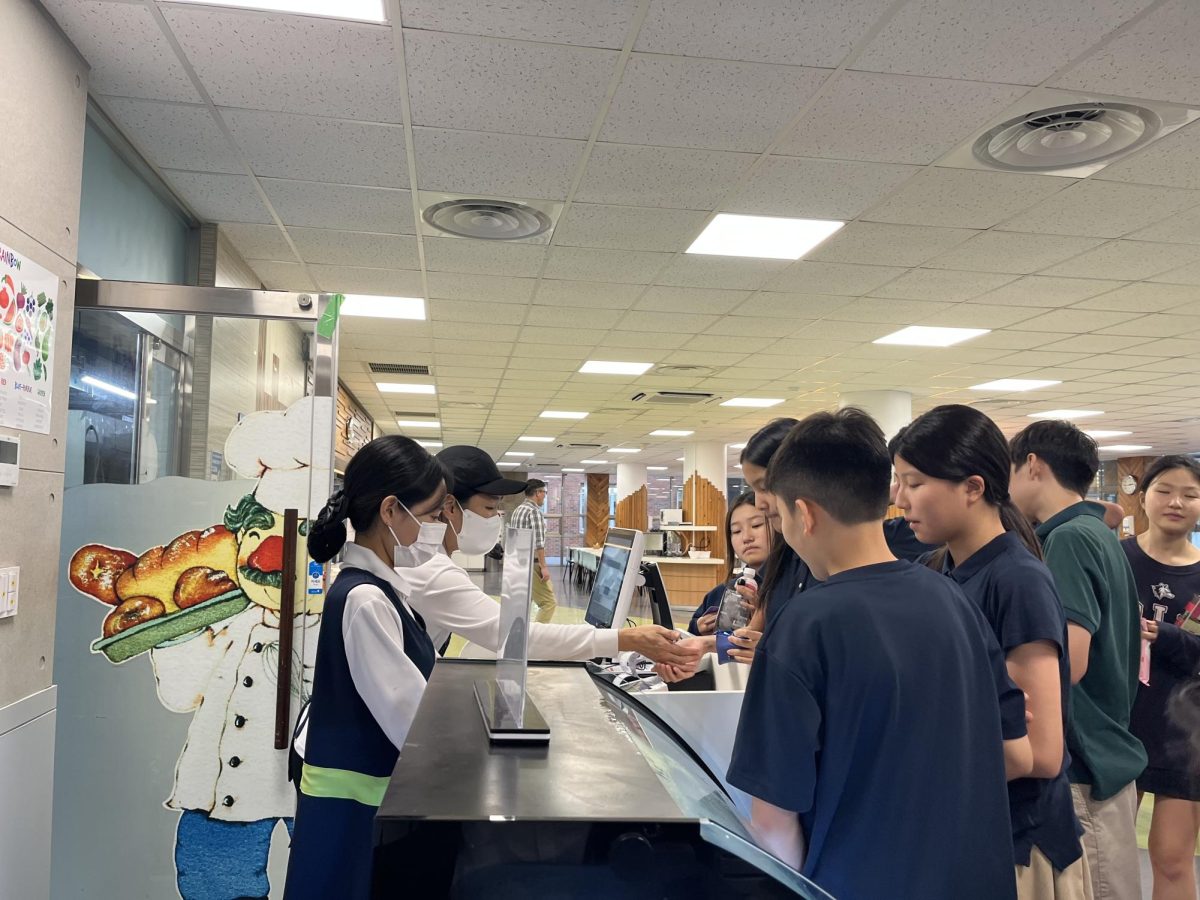

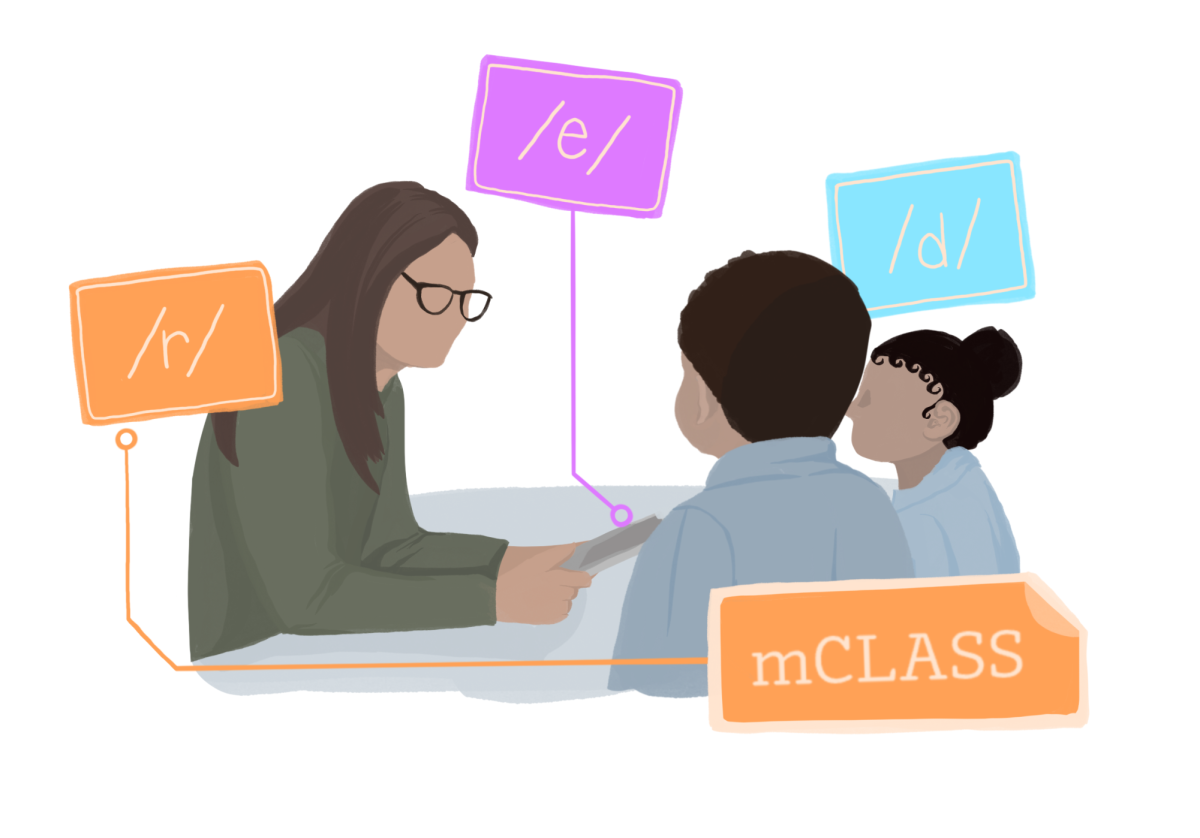
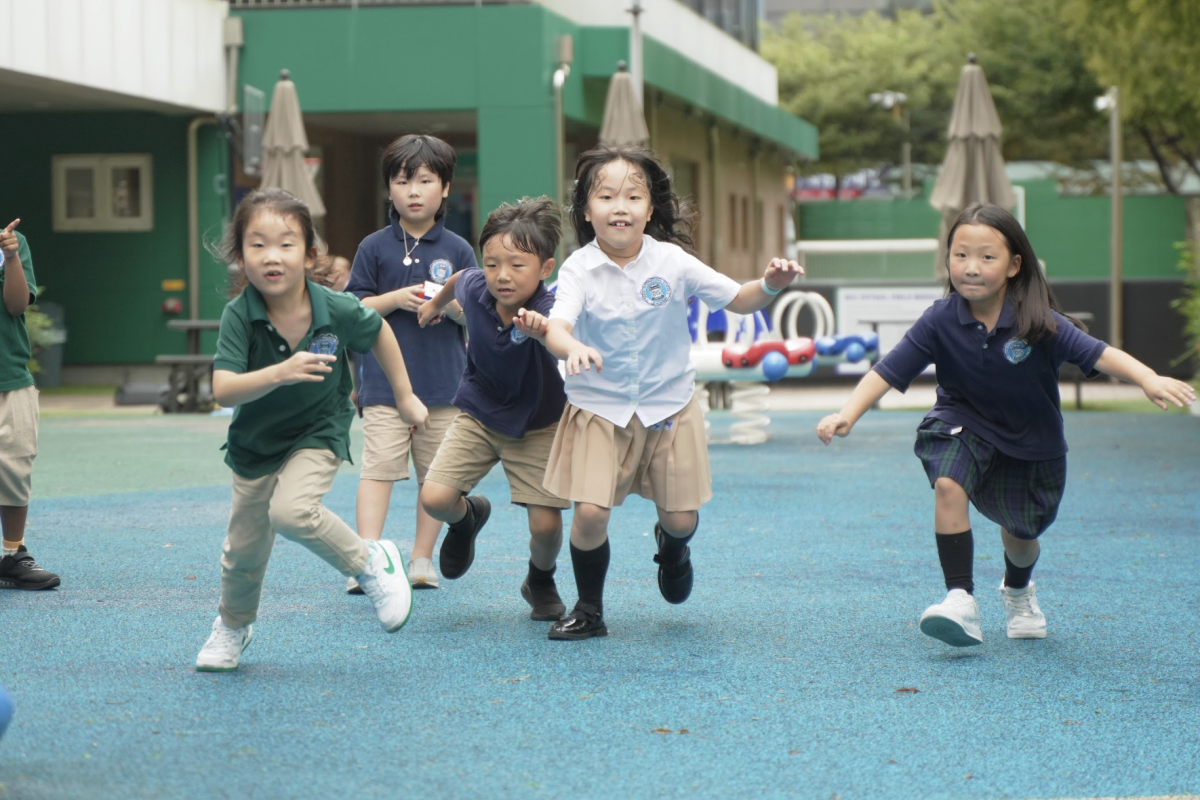

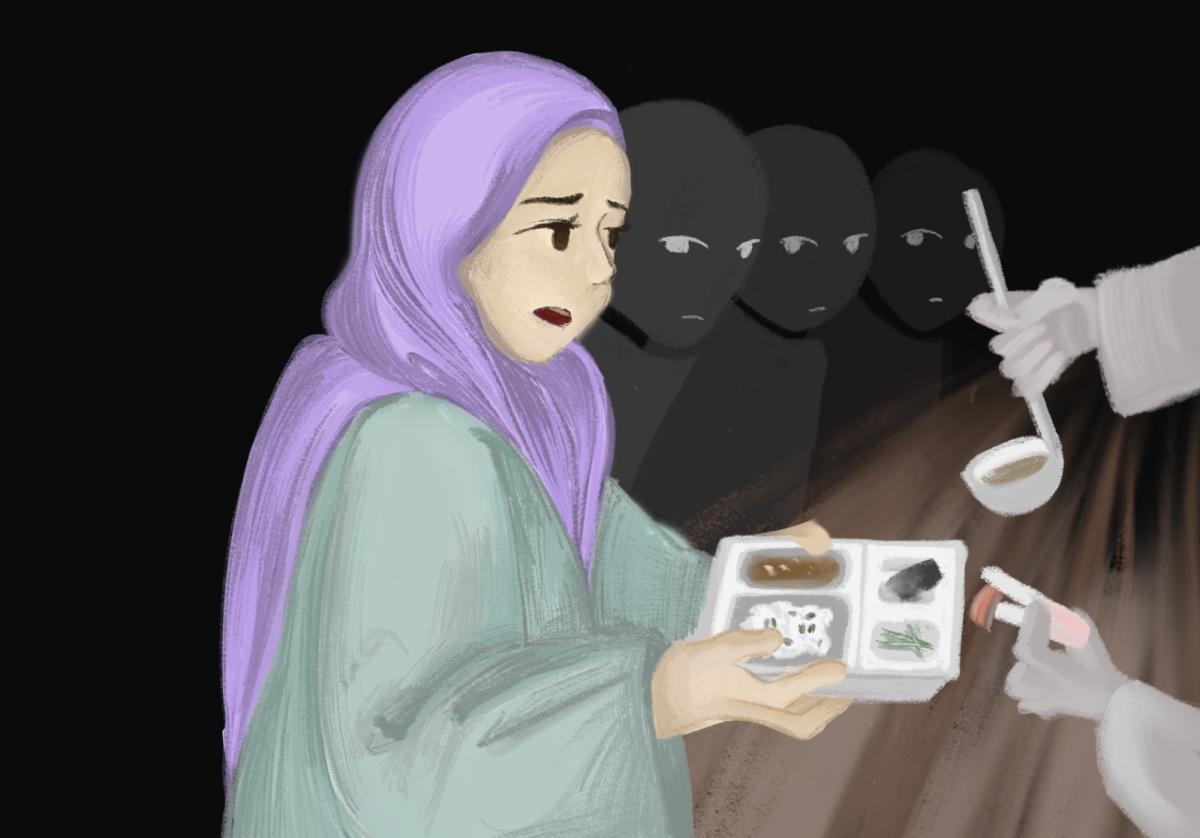
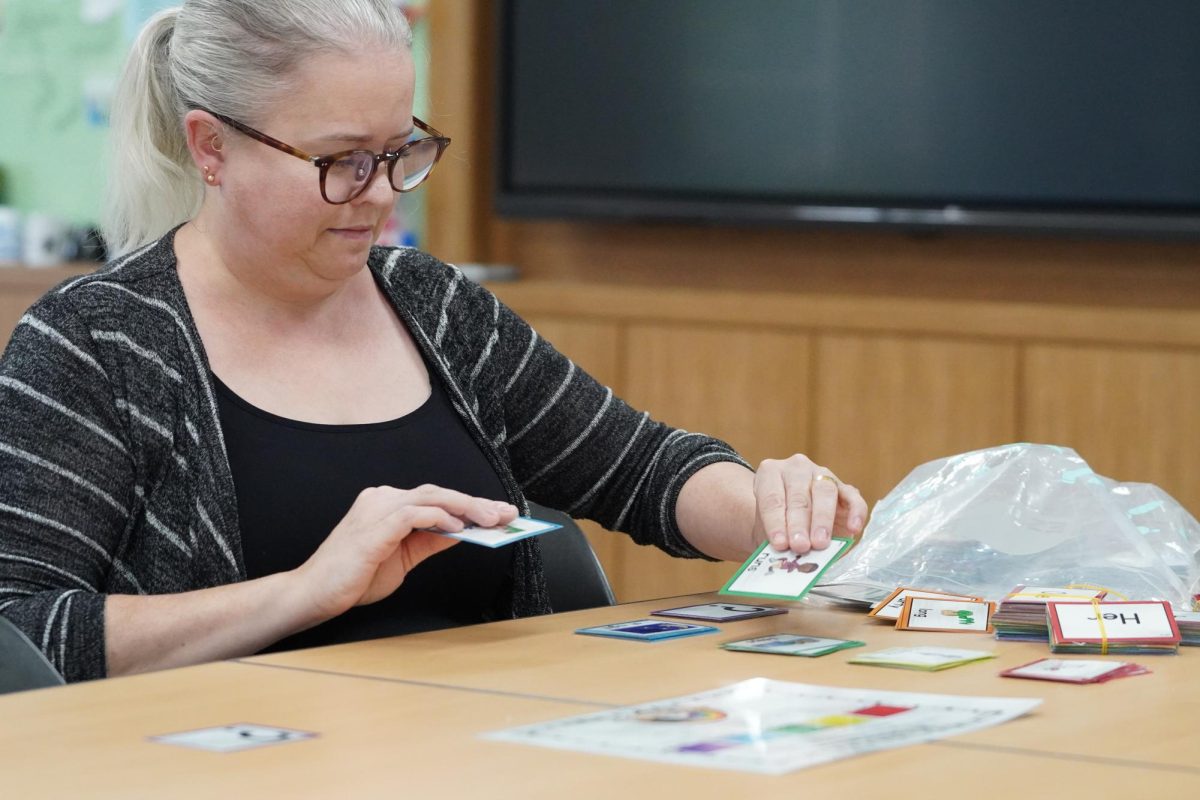
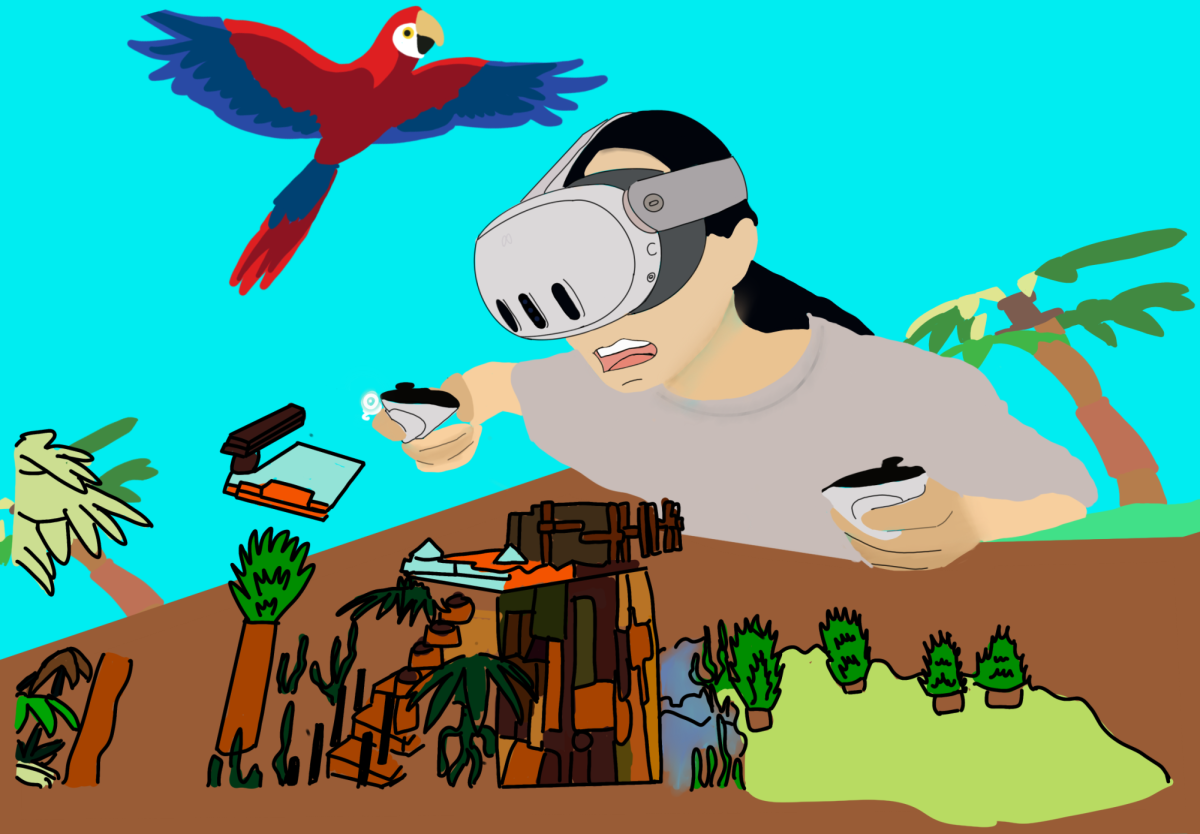
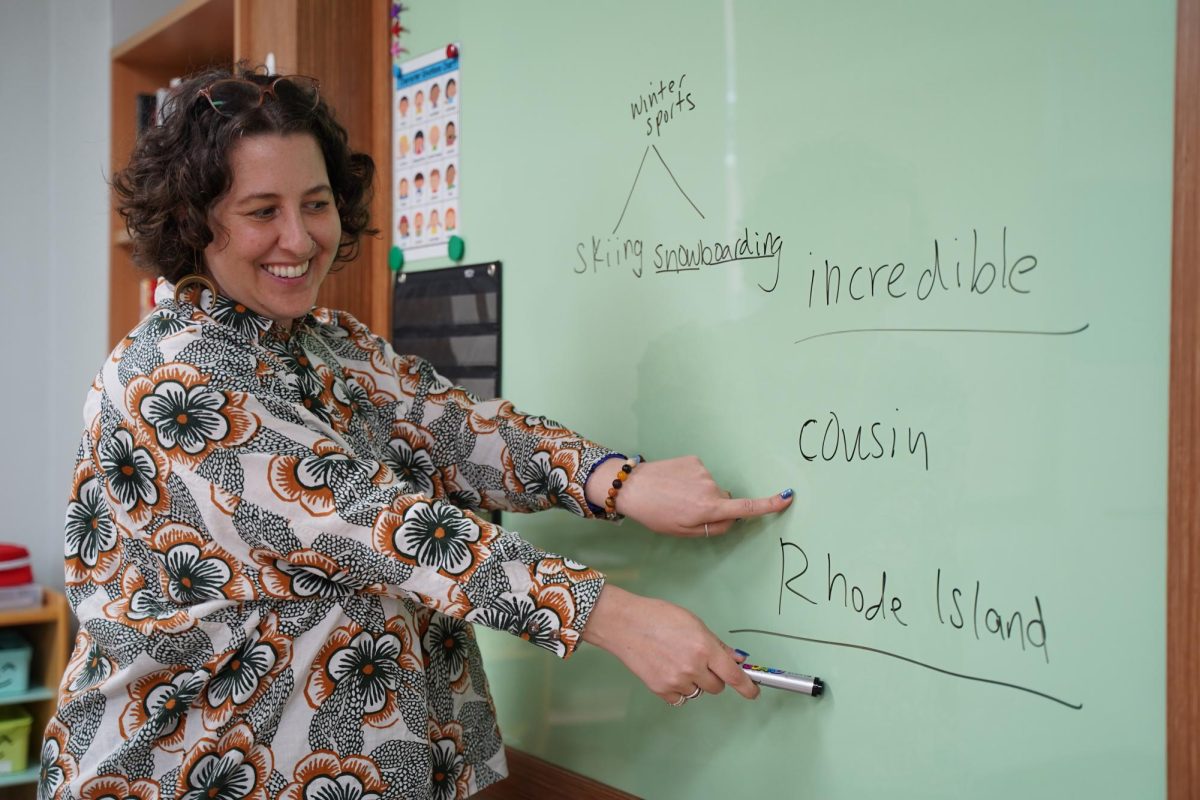
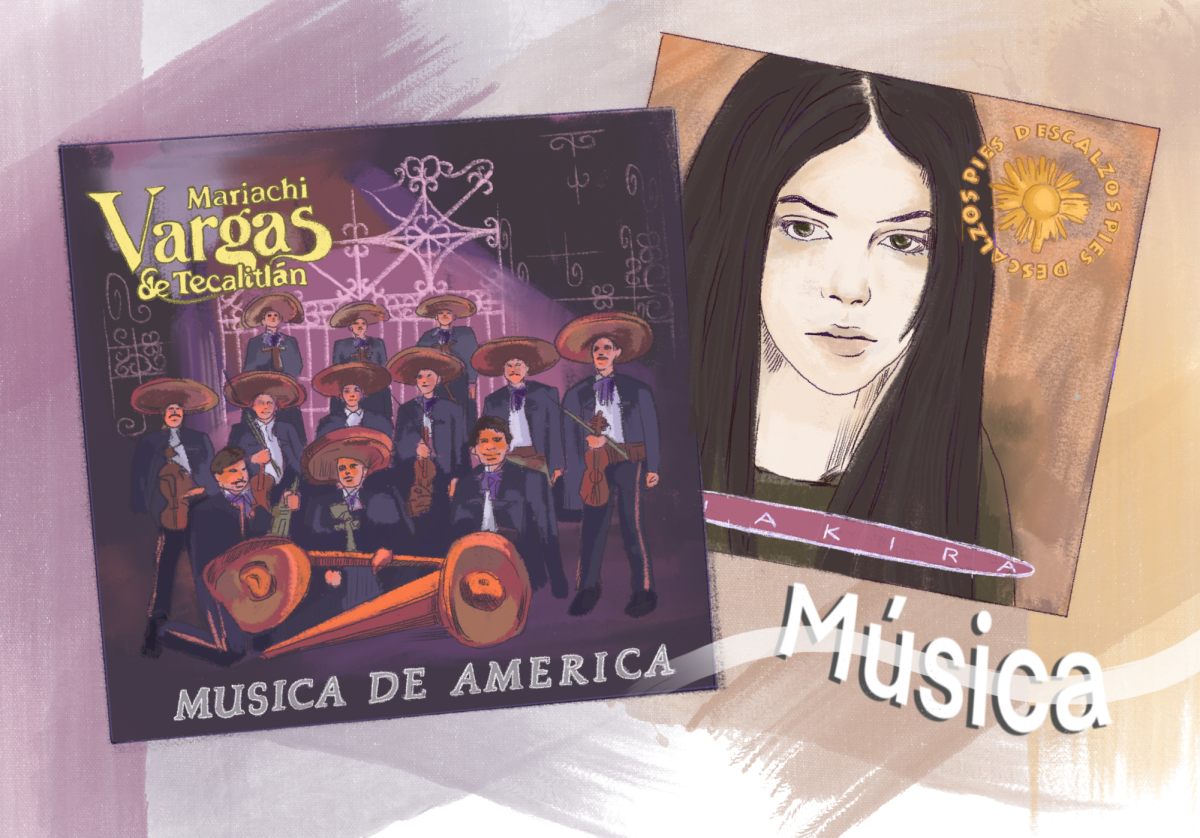
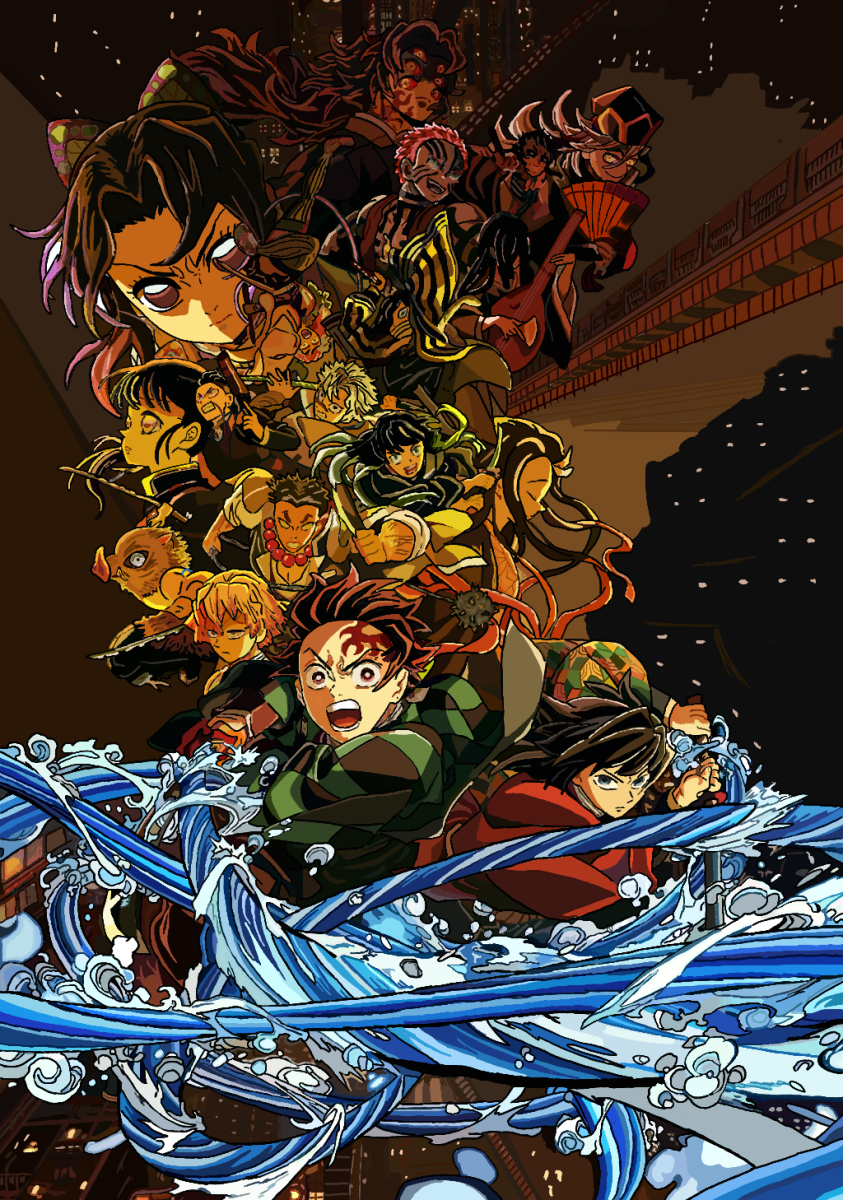
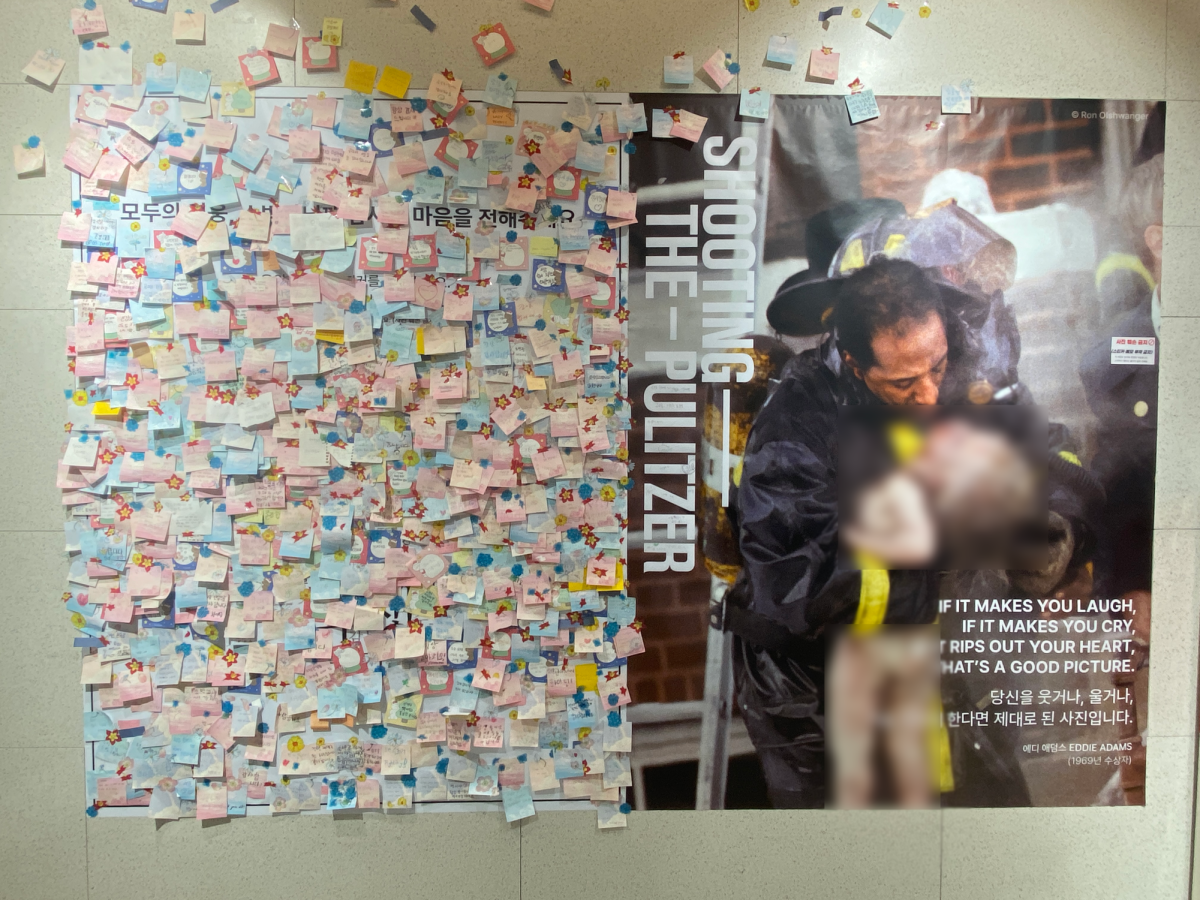
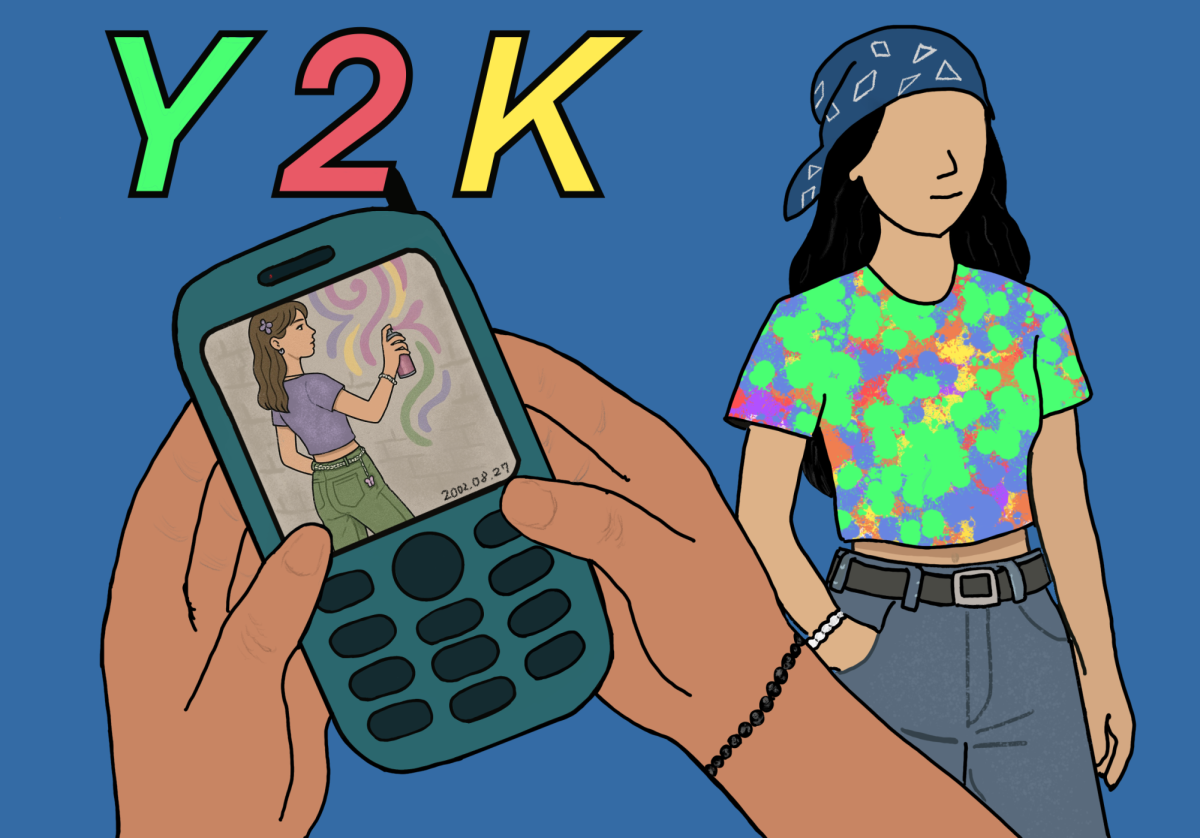
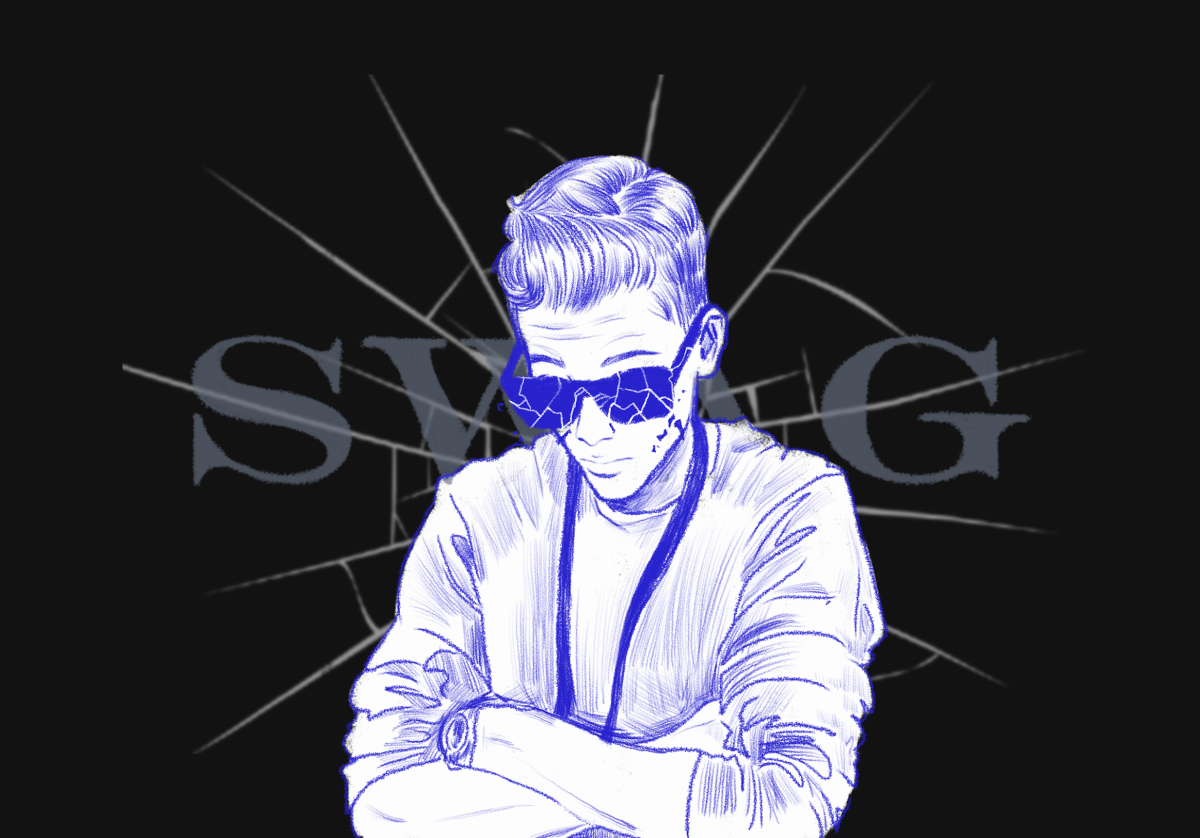
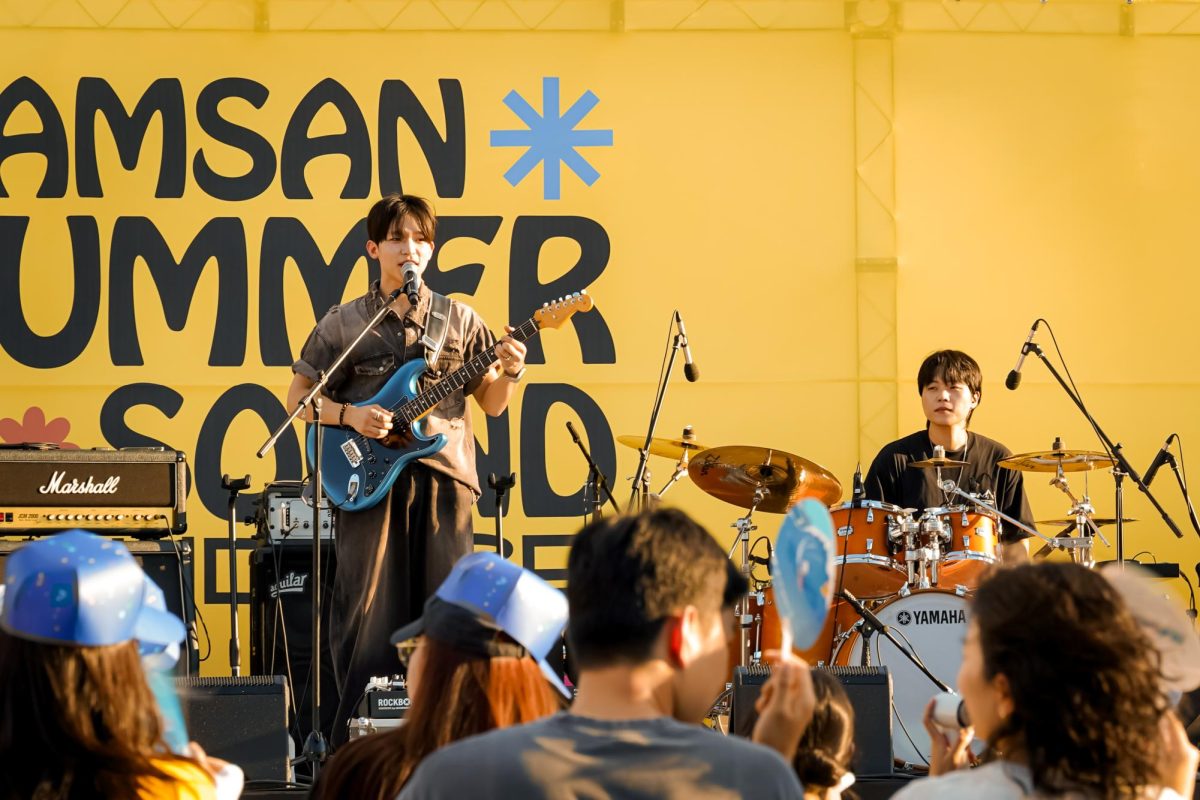
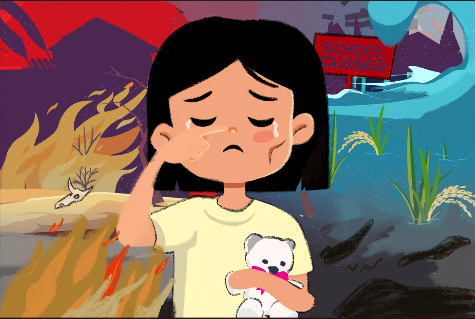

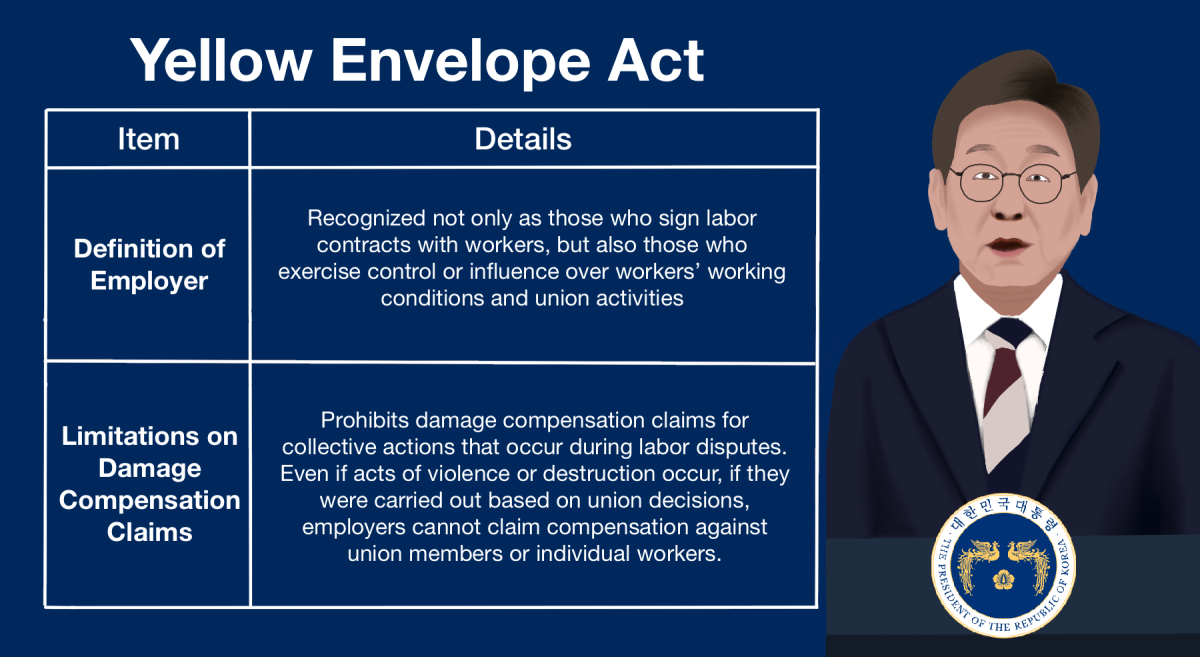
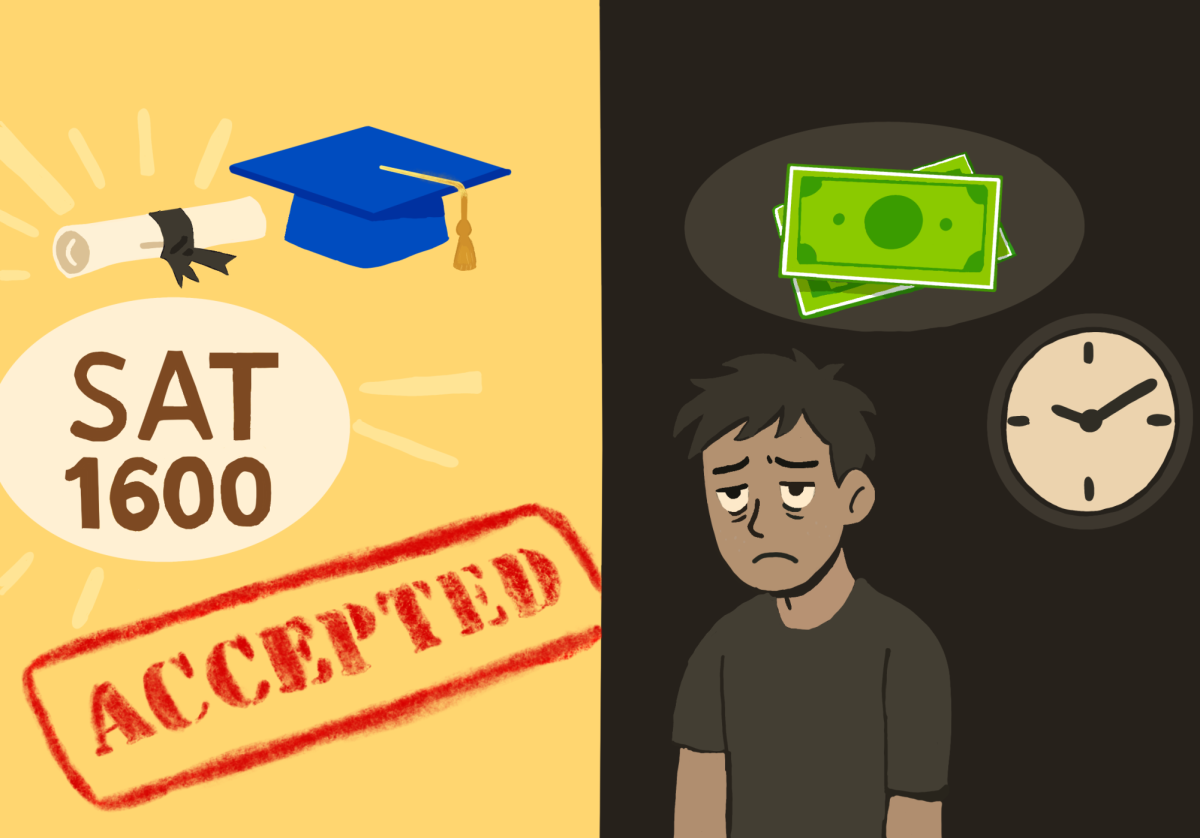
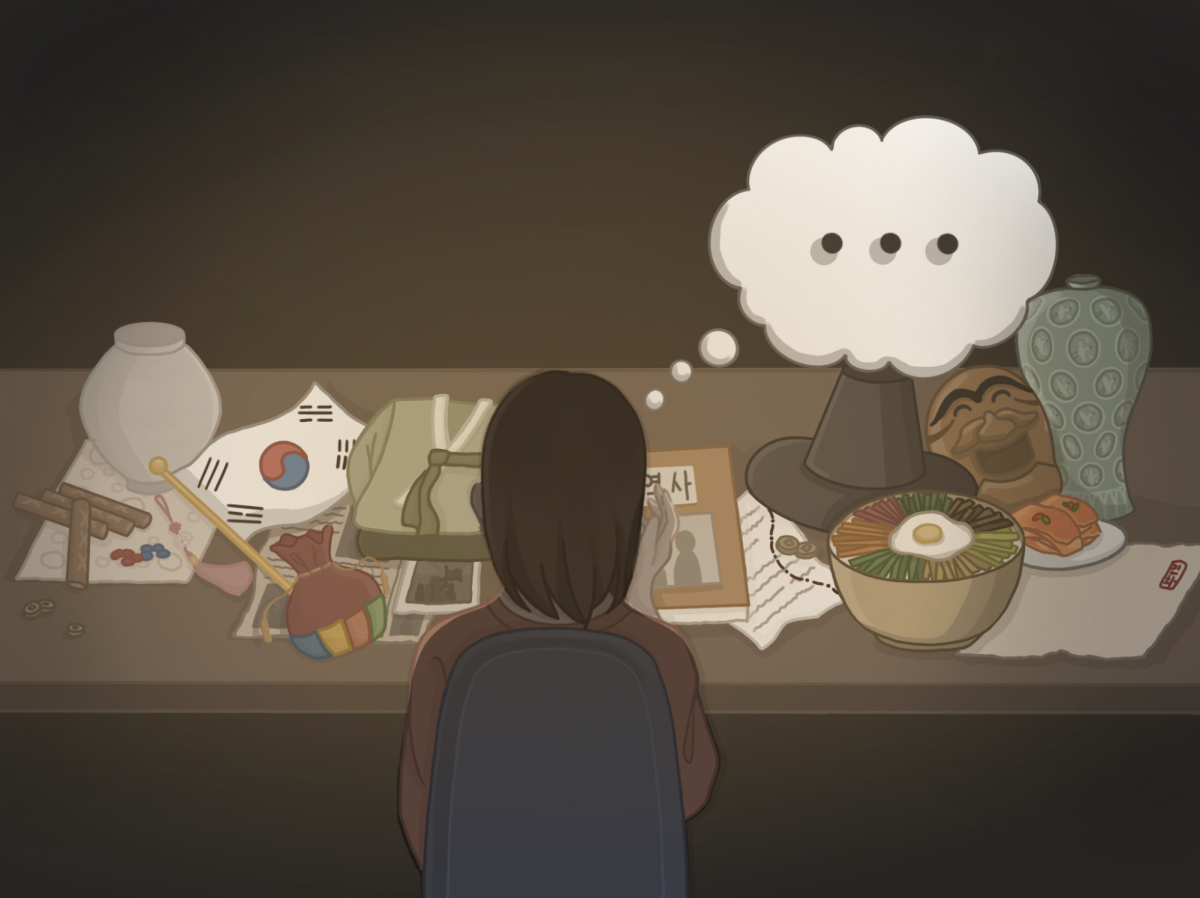
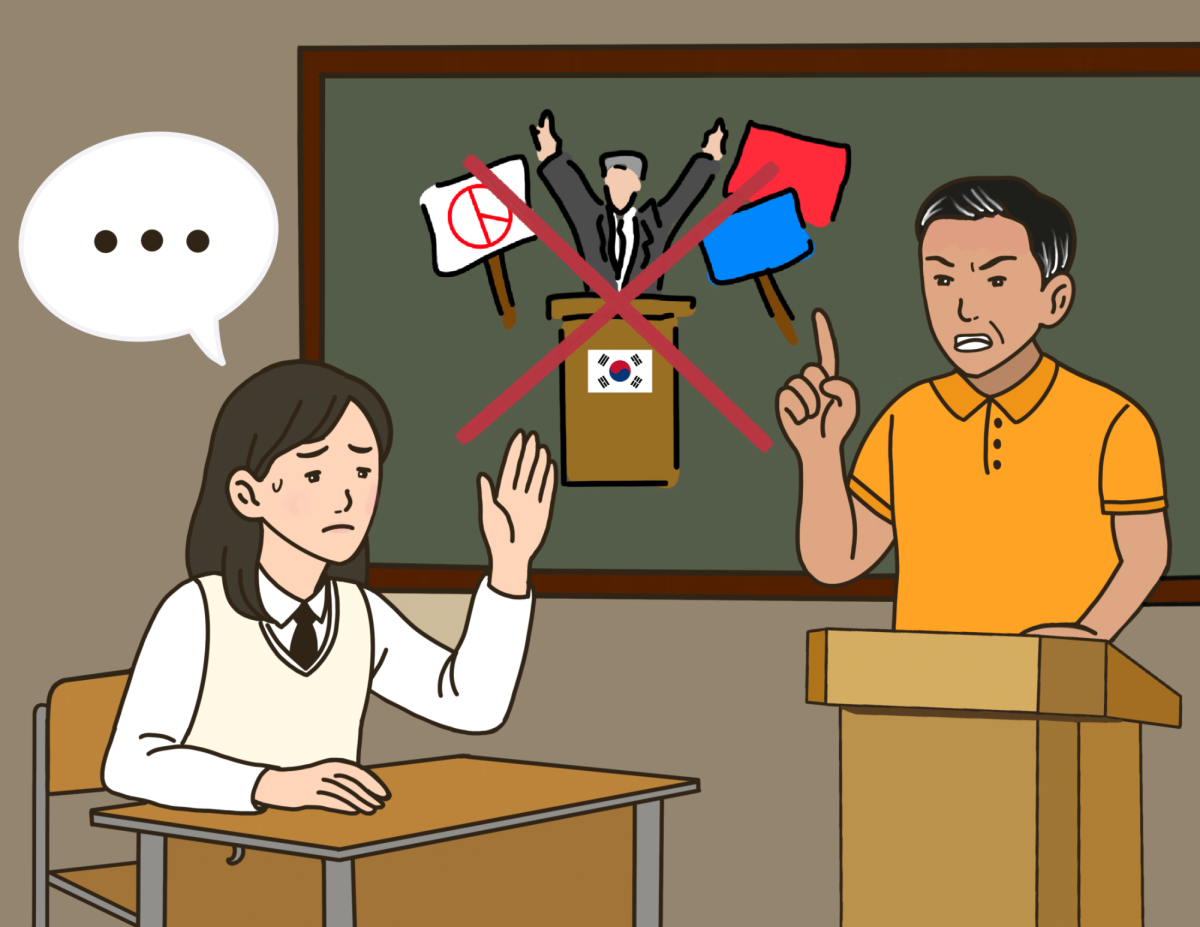
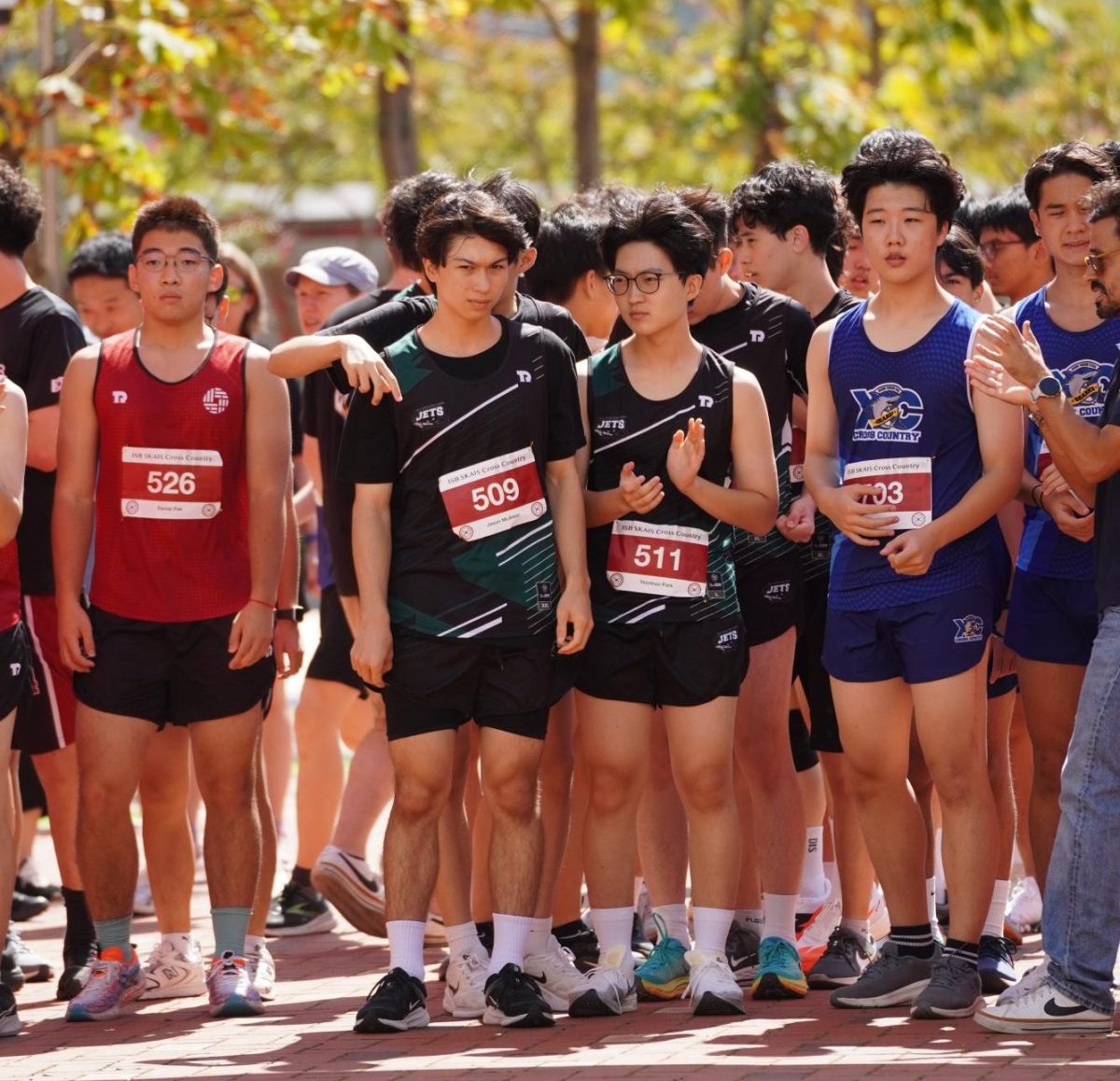


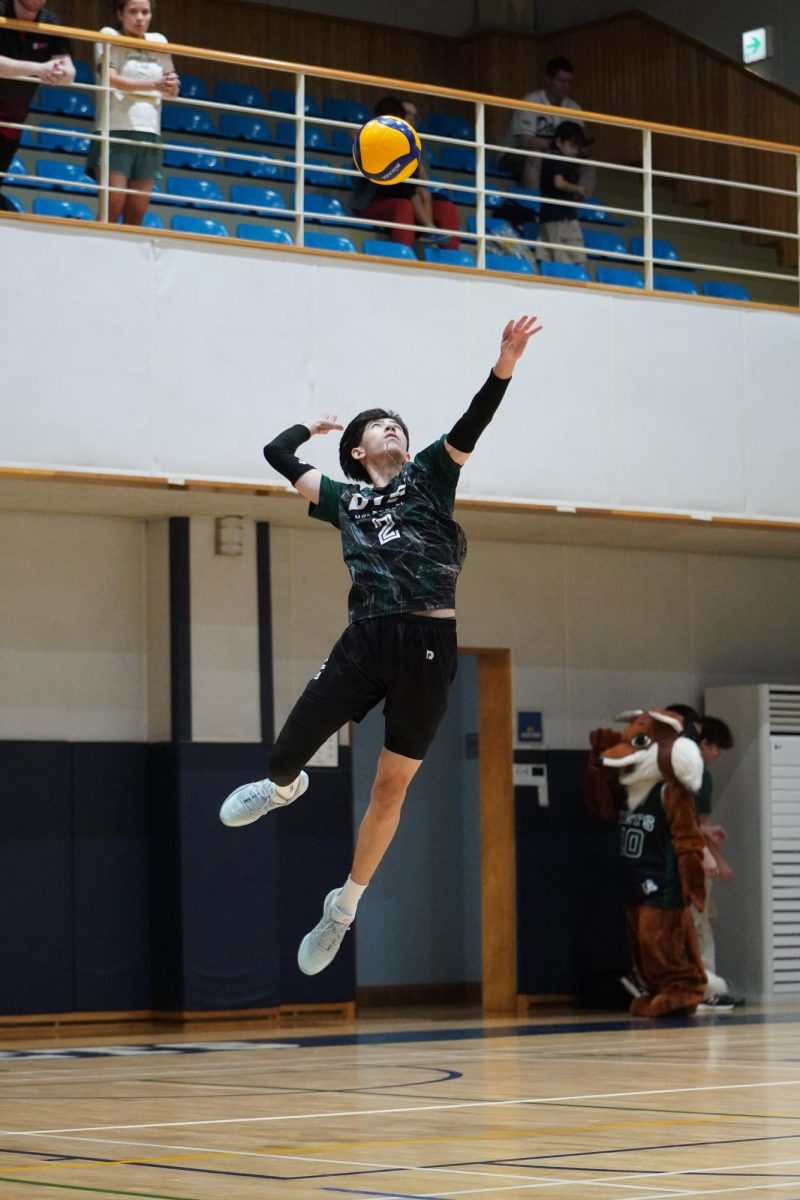
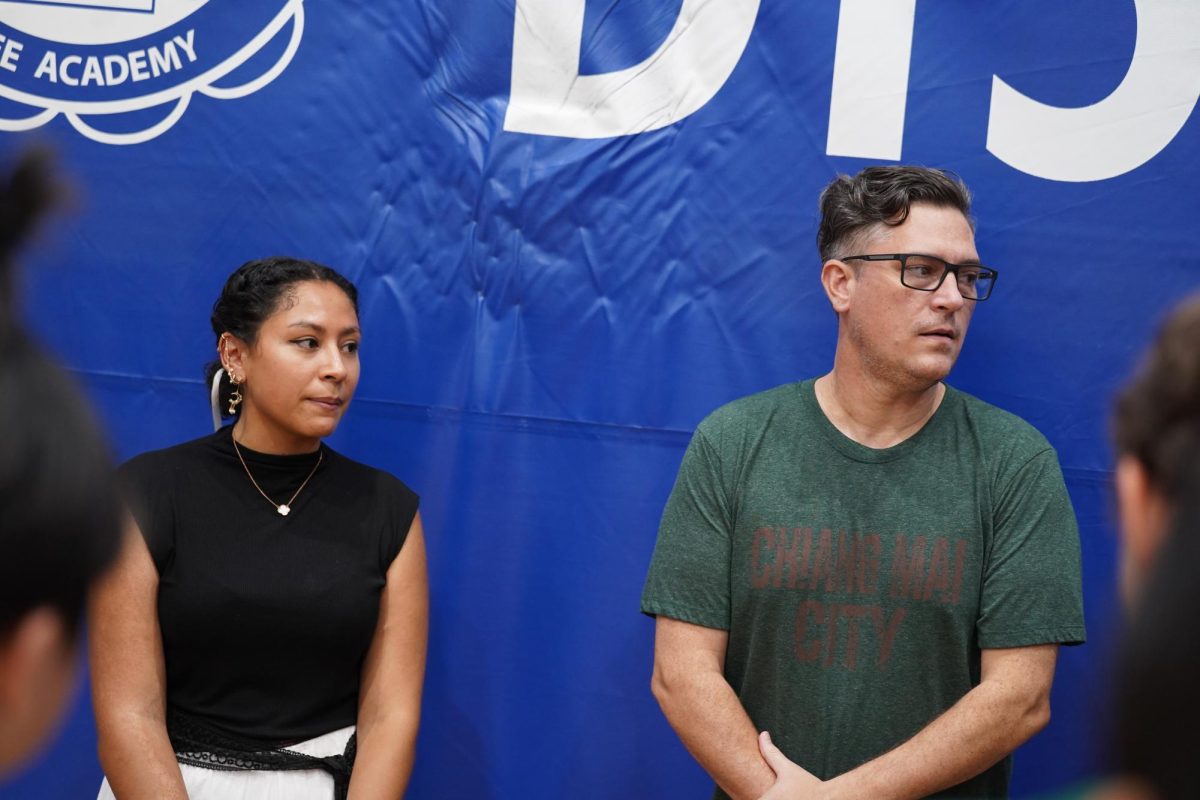
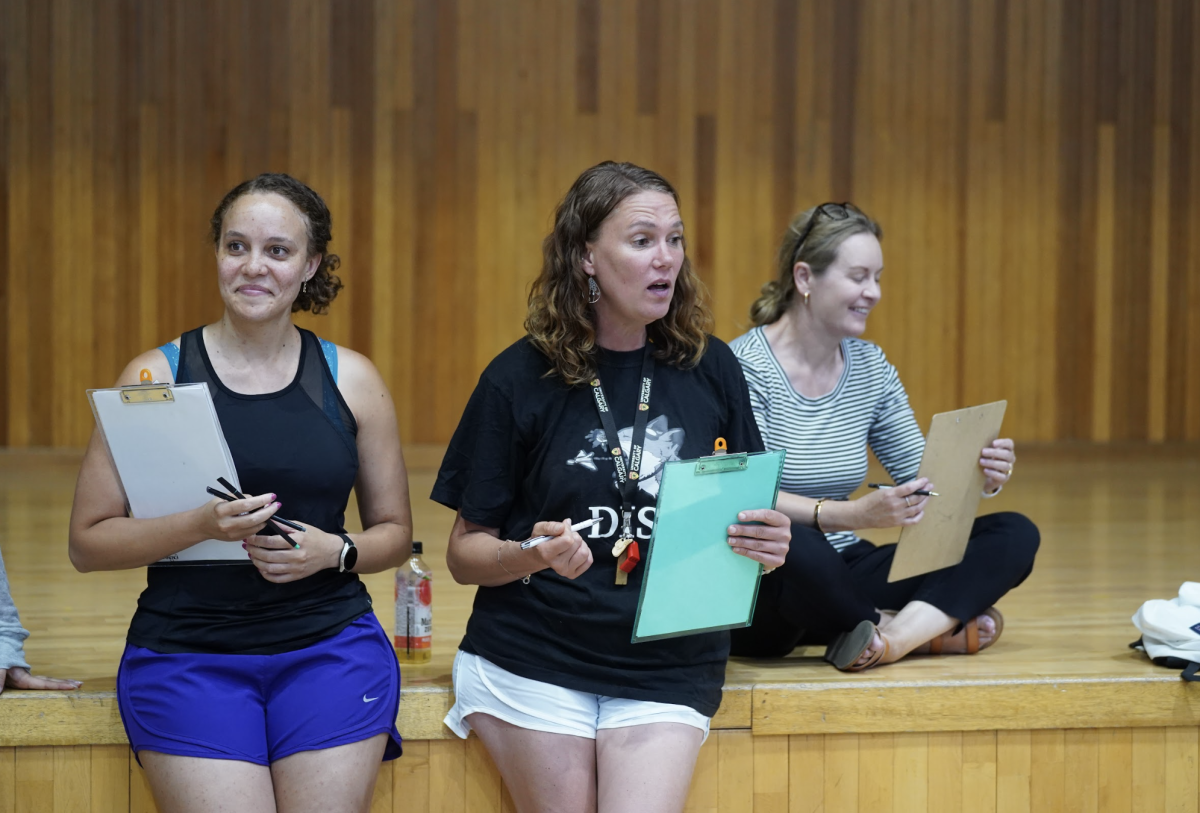


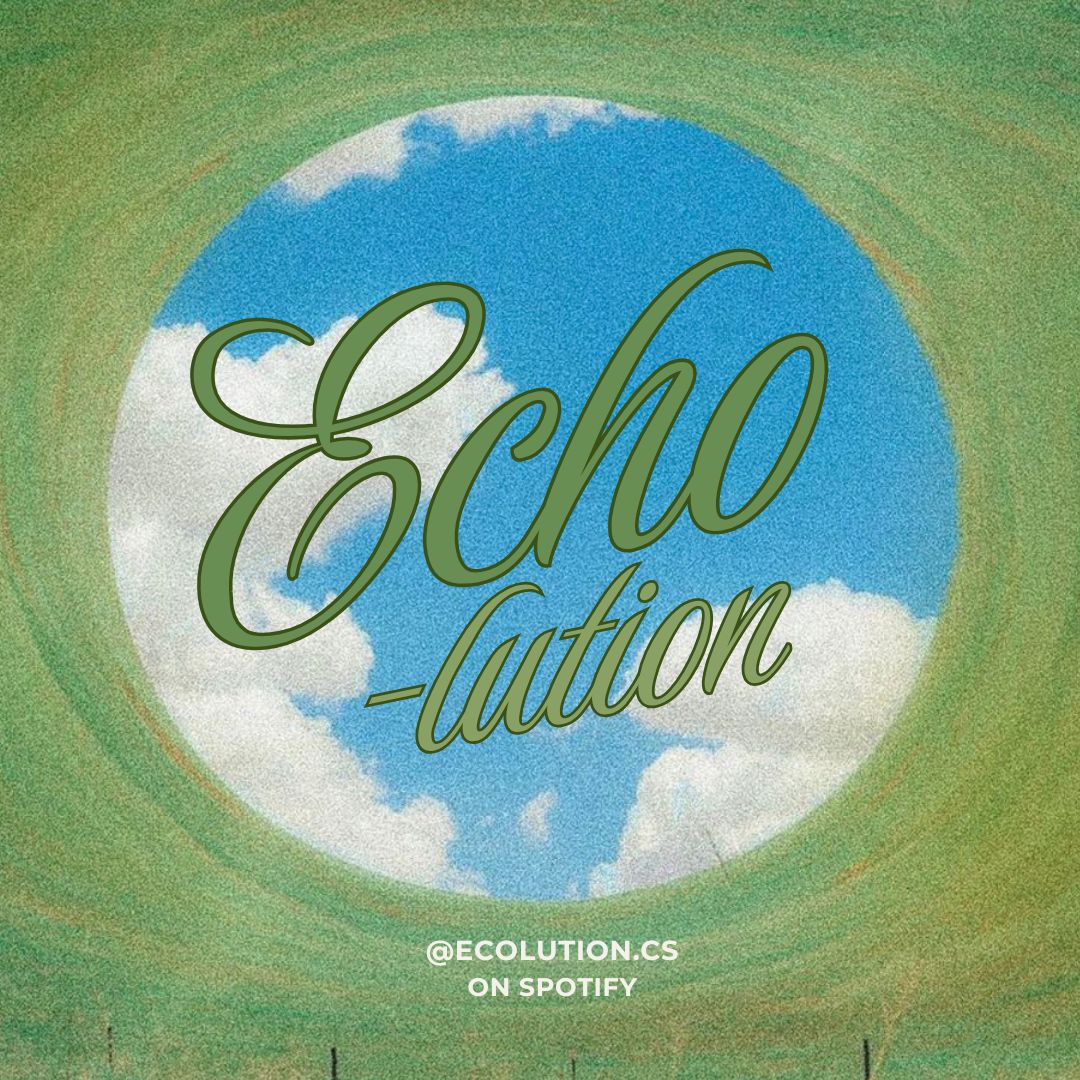
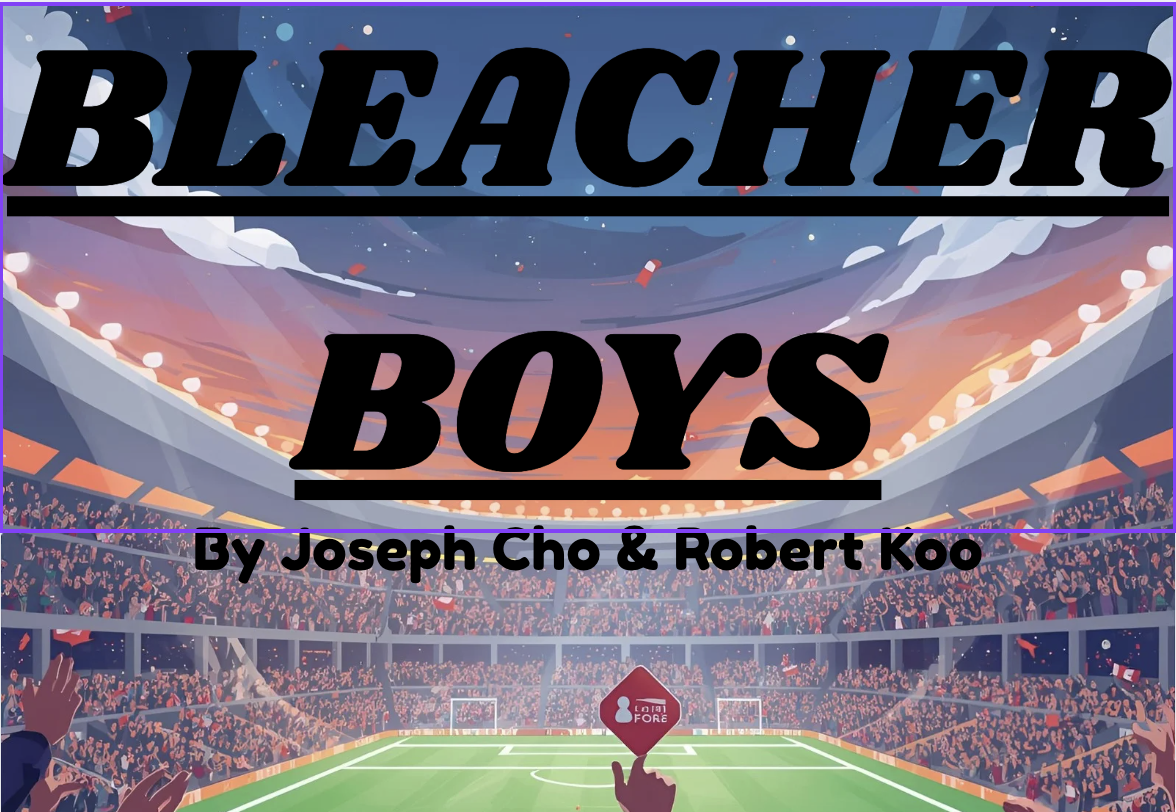

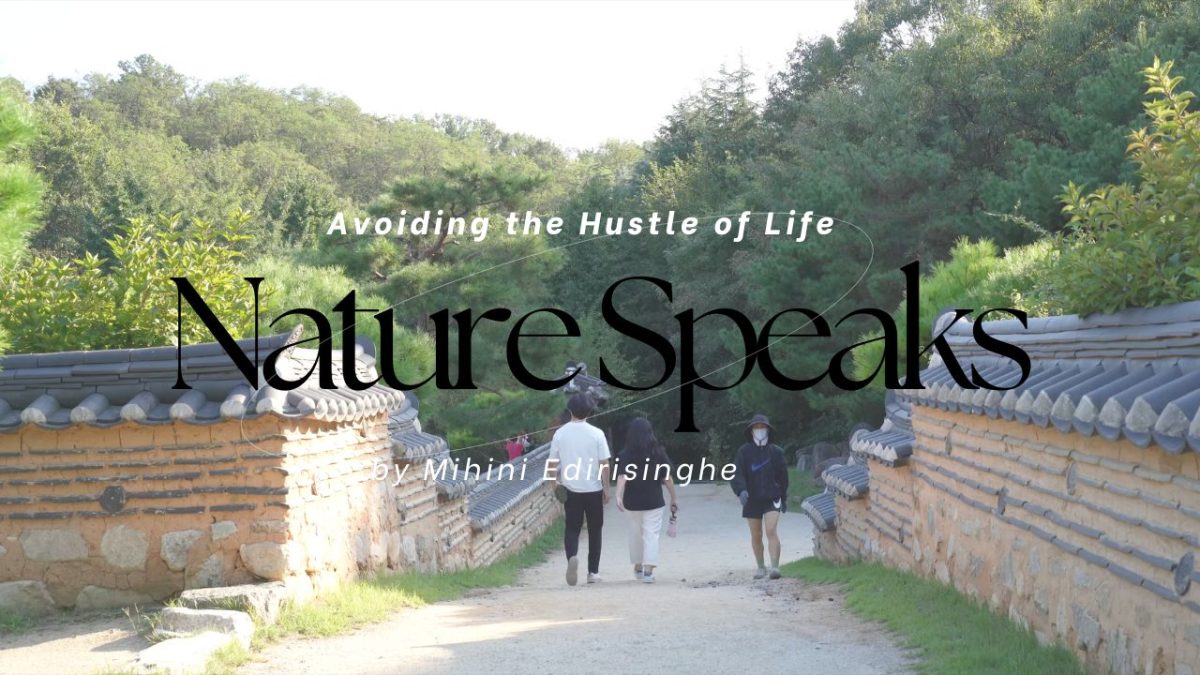
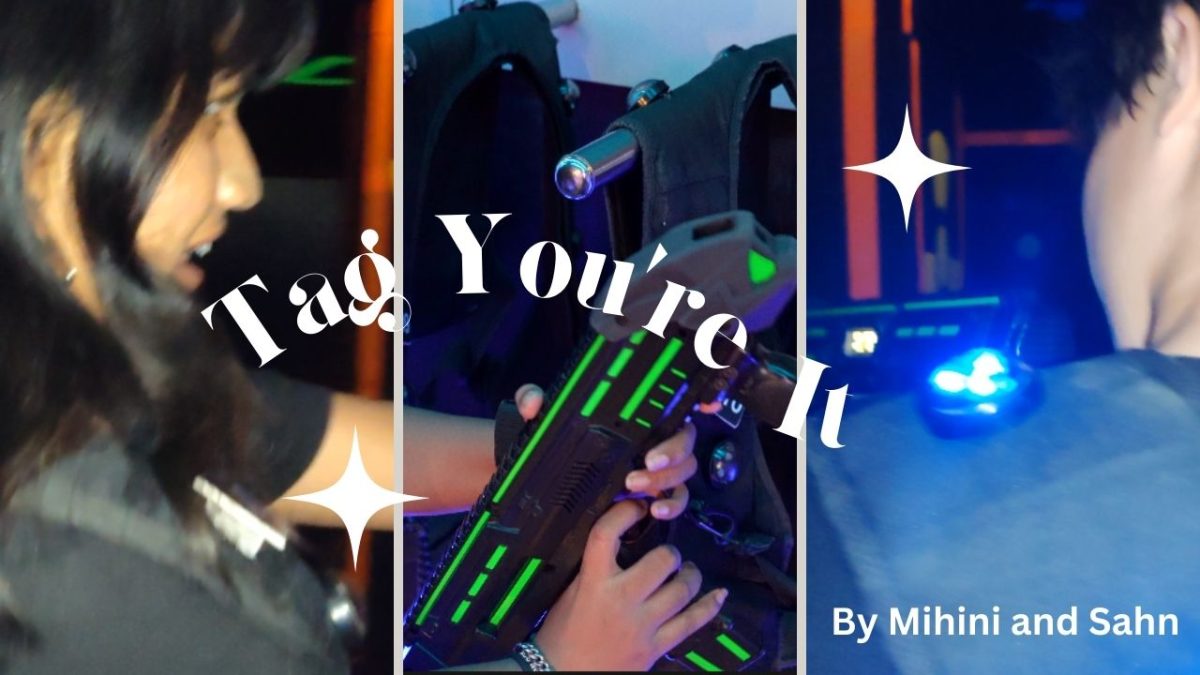
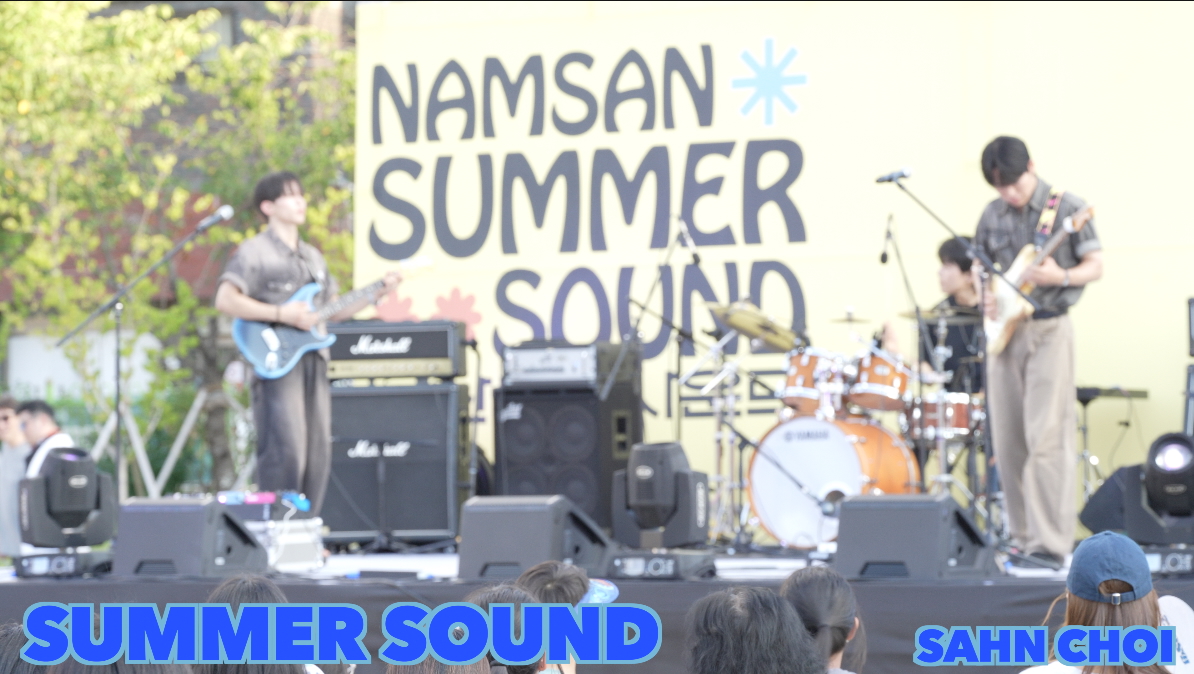

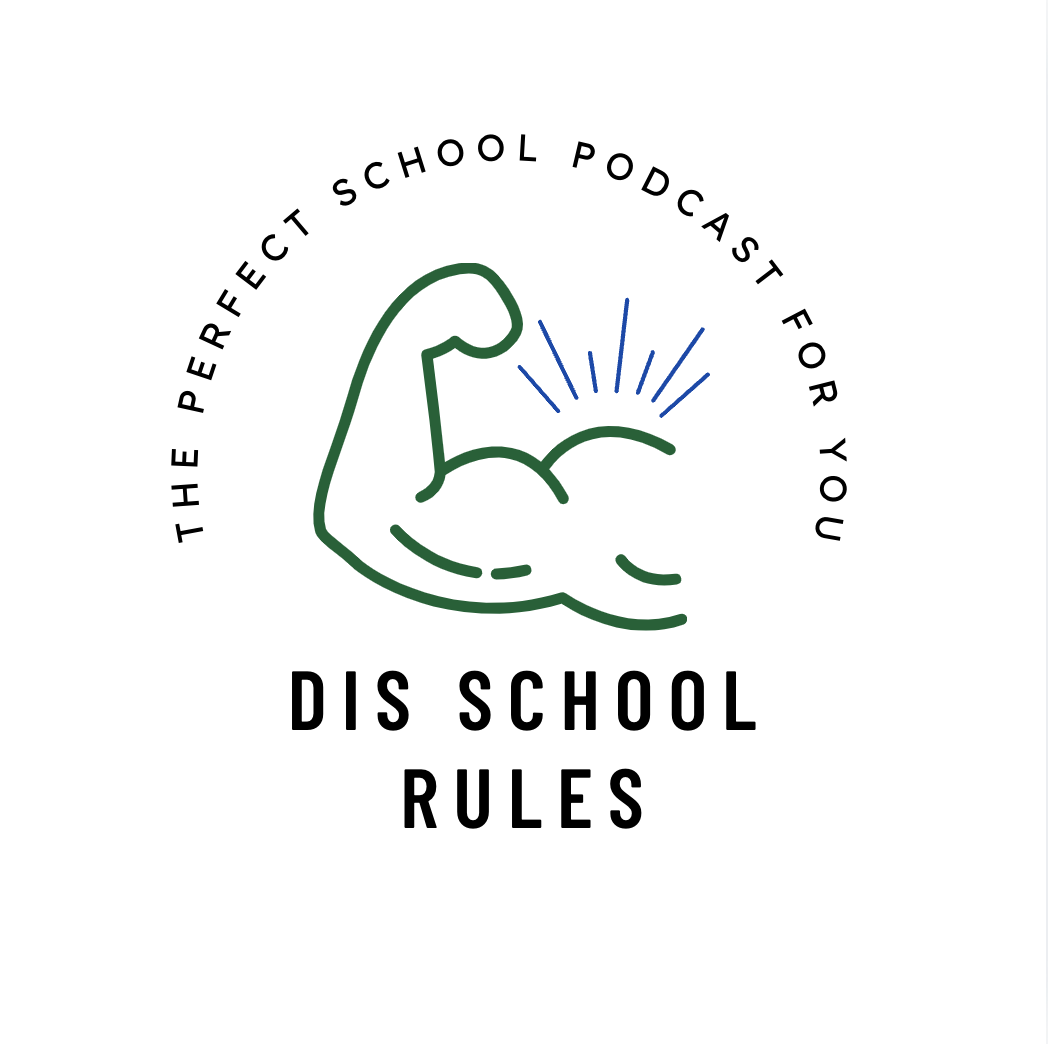




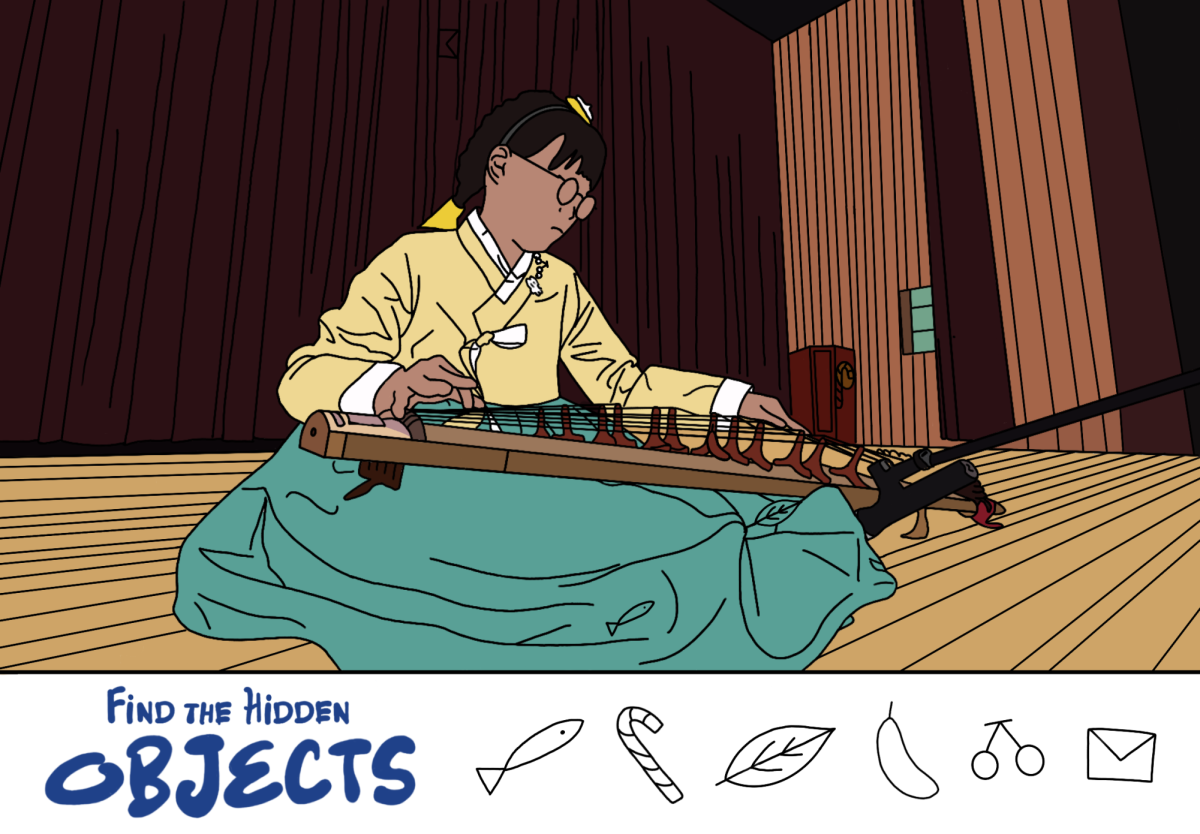
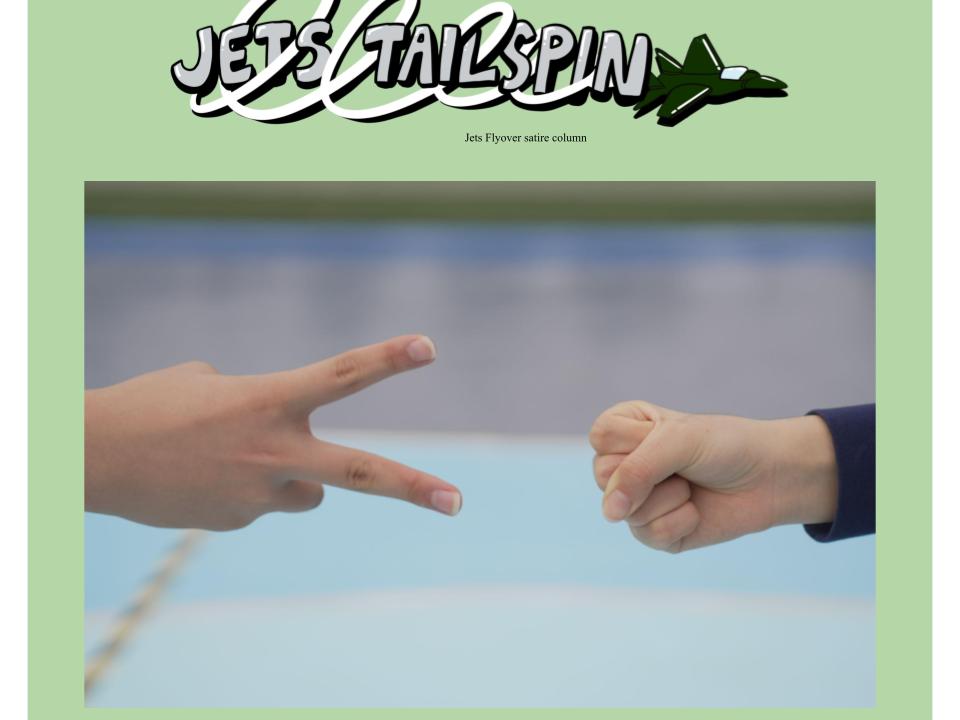
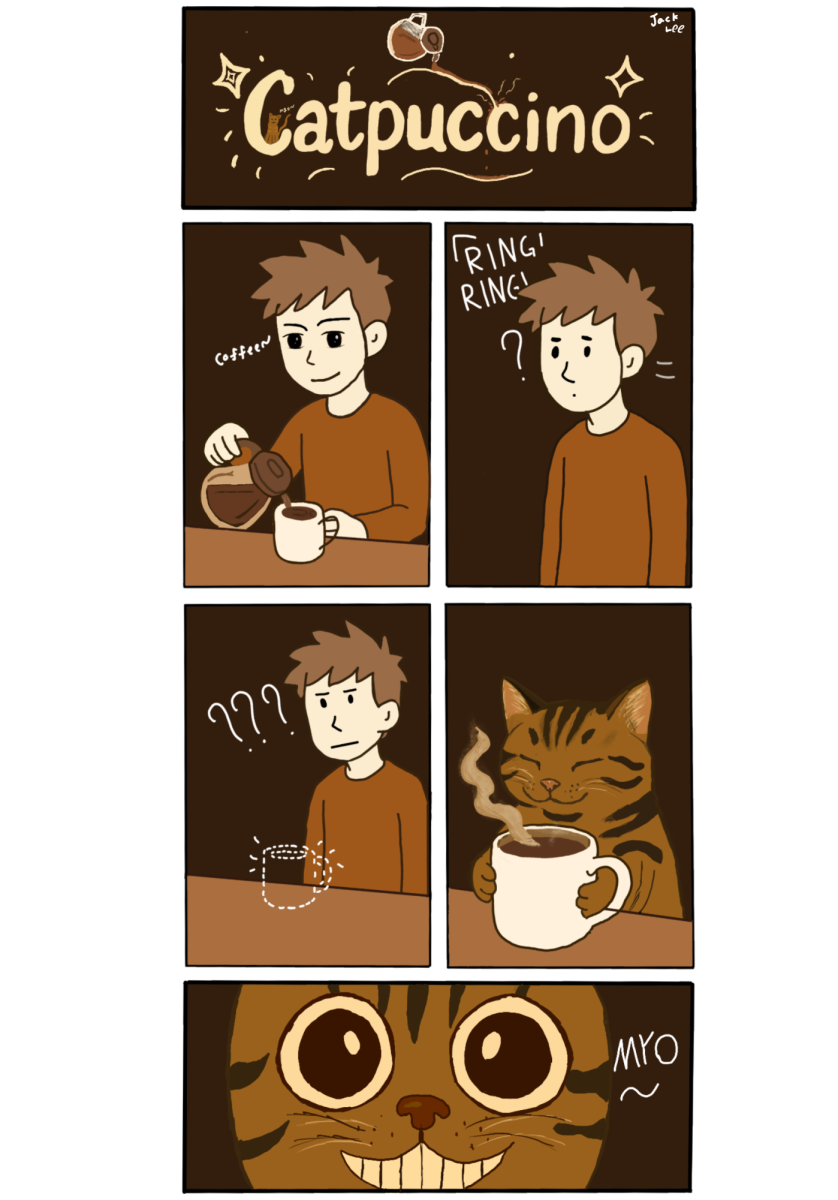
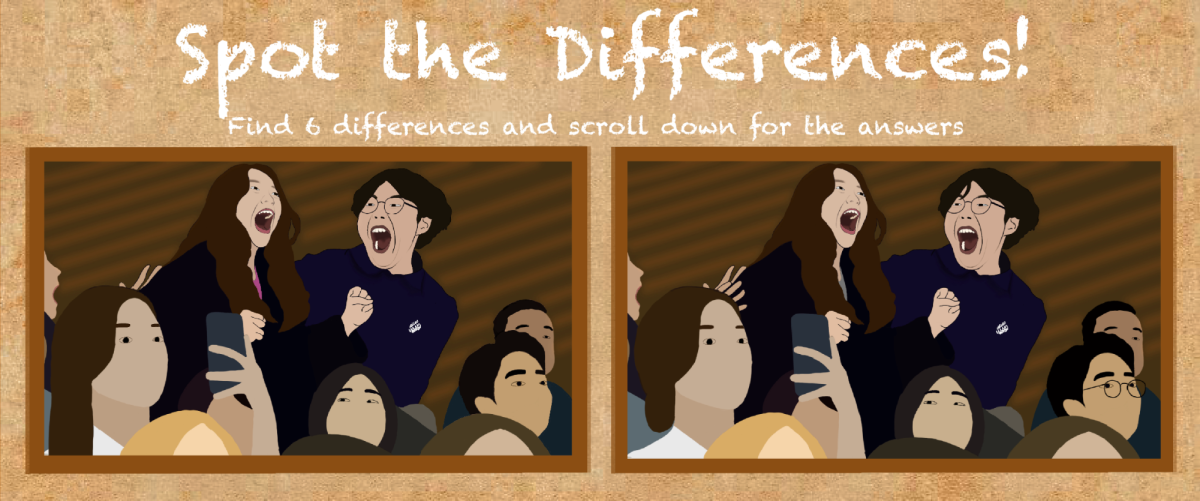
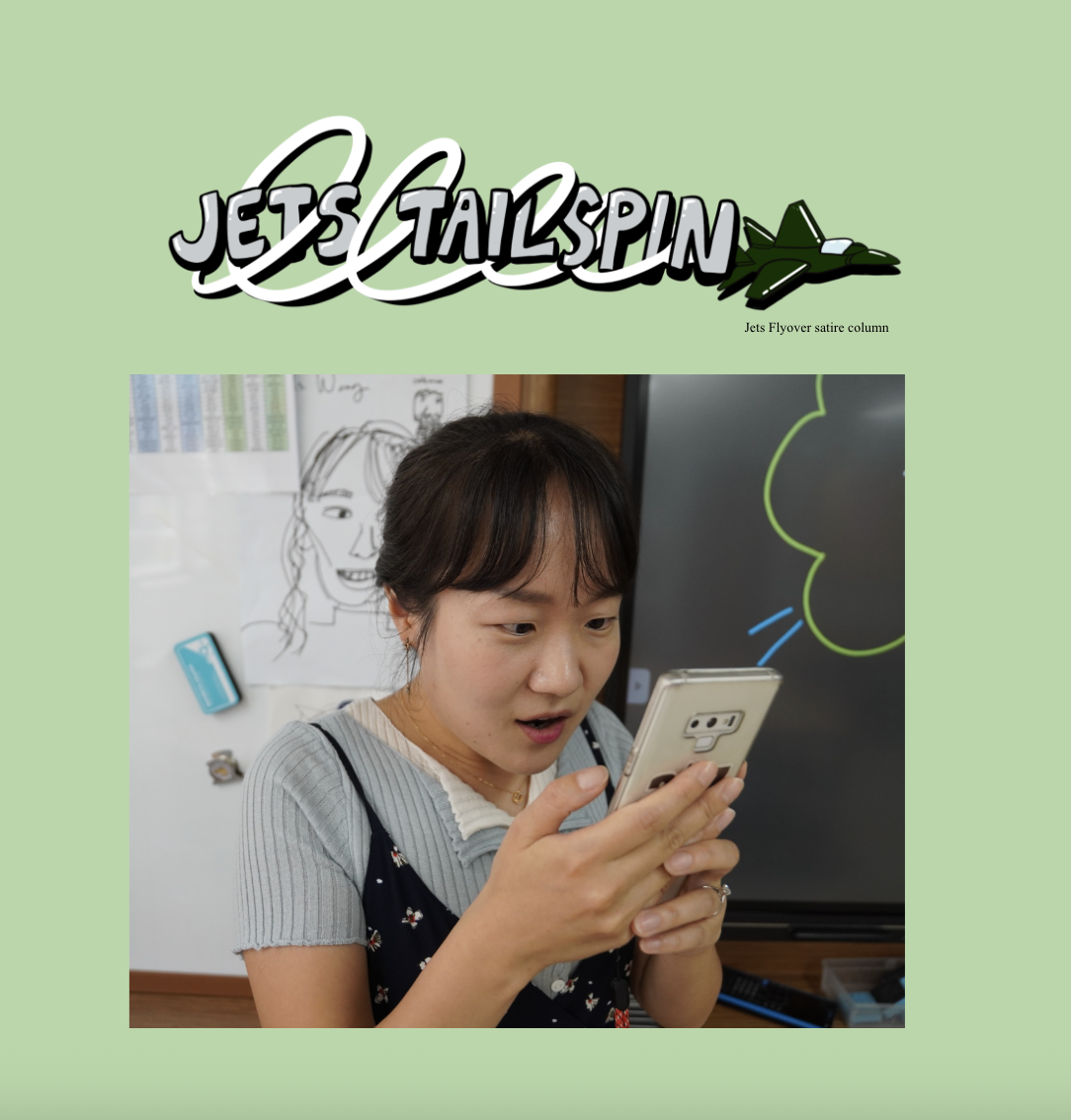
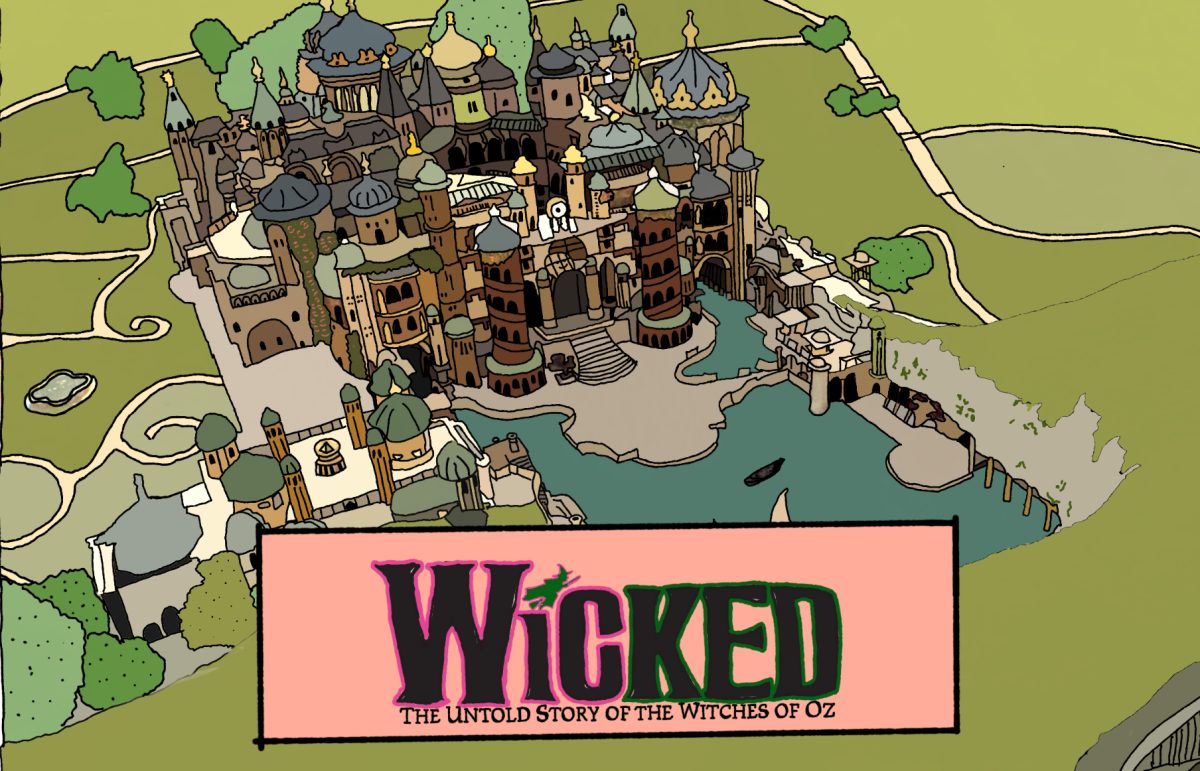
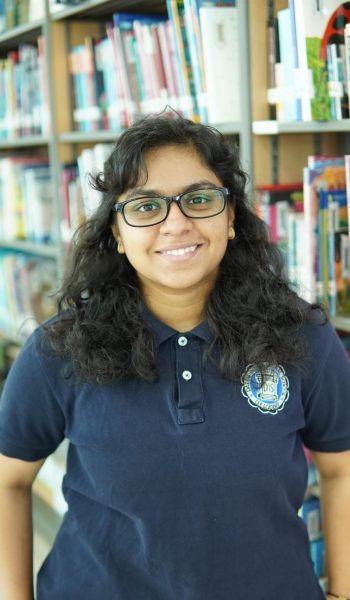
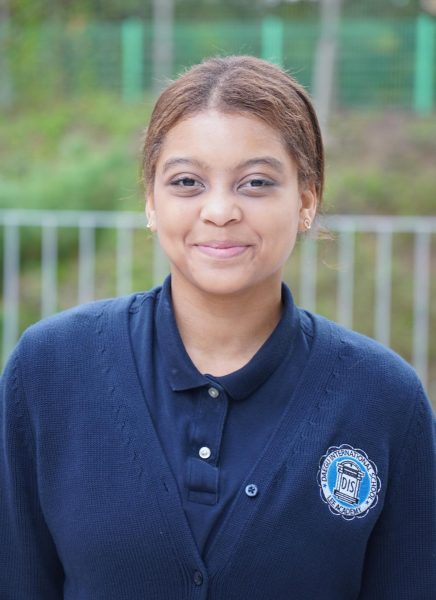
henry lee • Jan 23, 2025 at 6:26 pm
I saw the wicked rap on youtube, its soo good, better than eminem
sola • Jan 10, 2025 at 10:29 am
yessss I’m watching it this weekenddd
BK • Jan 9, 2025 at 6:32 pm
I didn’t know Galinda was Ariana Grande until now…;;
GG • Jan 9, 2025 at 6:26 pm
I also watched it with my friend! She and I enjoyed it very much!! I feel Ariana was overrated, but it was still fun!!